------- Greece, Turkey with a London Stopover 1984 --------
St. Ermin's Hotel, Westminster, dates back to 1899 and was built on the site of a 15th century chapel dedicated to St. Ermin. During WWII a unit of Winston Churchill's carried out covert operations from their headquarters on an entire floor of the hotel. Guests were not aware of this.
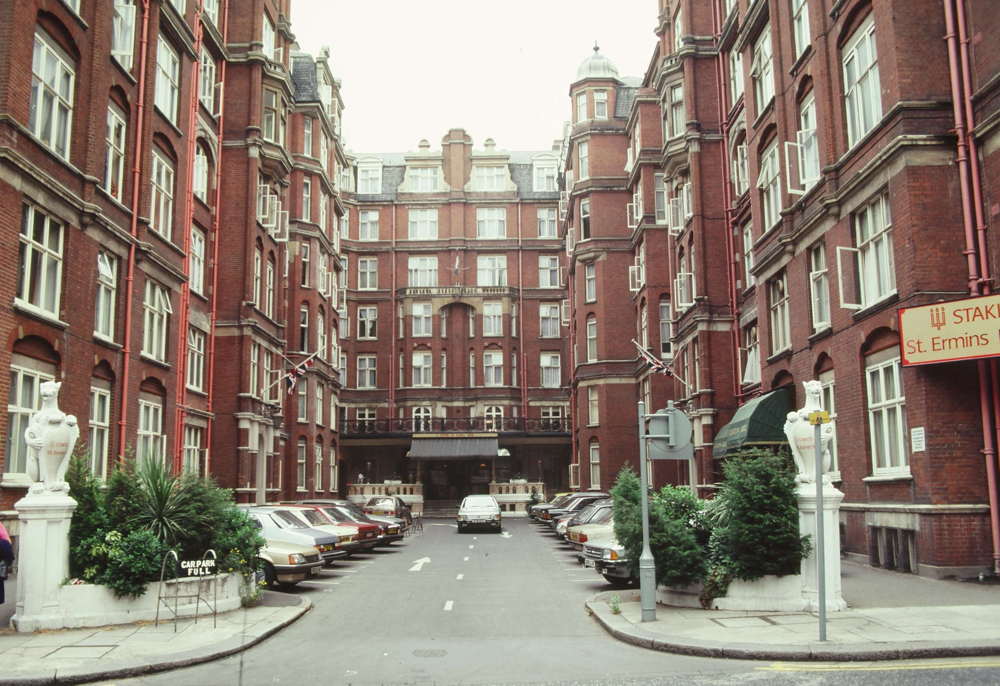
A view of a portion of the Houses of Parliament, the meeting place for the House of Commons and the House of Lords. As the center of political life in the United Kingdom it is the often referred to as Westminster.
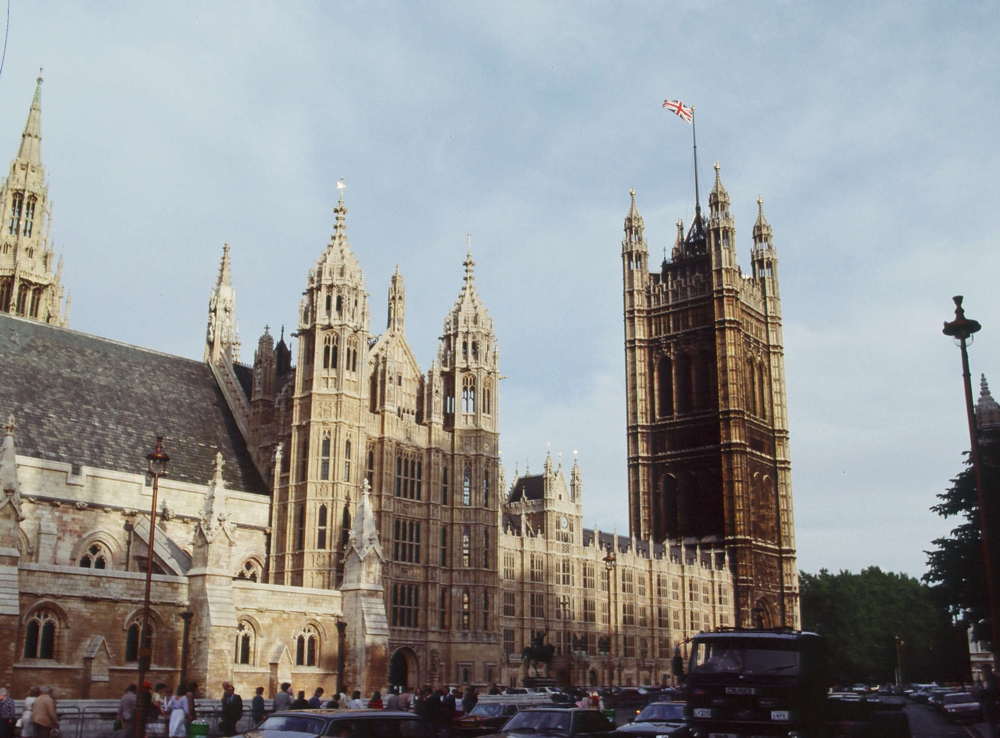

A view of a portion of the Houses of Parliament, the meeting place for the House of Commons and the House of Lords. As the center of political life in the United Kingdom it is the often referred to as Westminster.

William the Conqueror built this fortress on the Thames in 1066 to protect London. Today, the Tower of London, is a symbol of royalty and the home of the Crown Jewels and other precious objects.
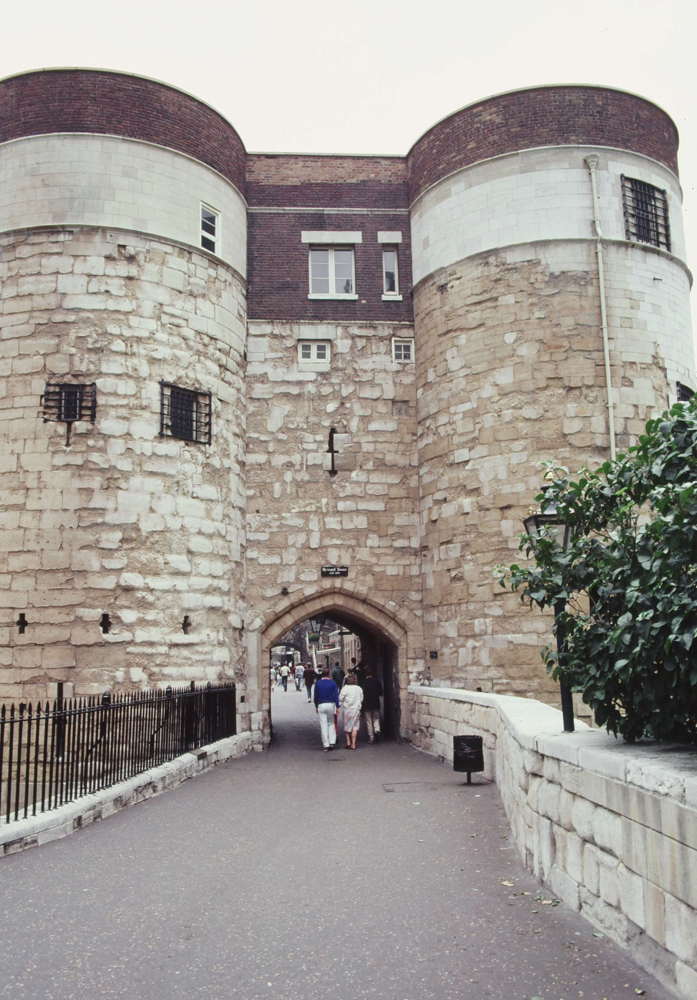

Part of the Roman ruins at the Tower of London with Tower Bridge in the background.
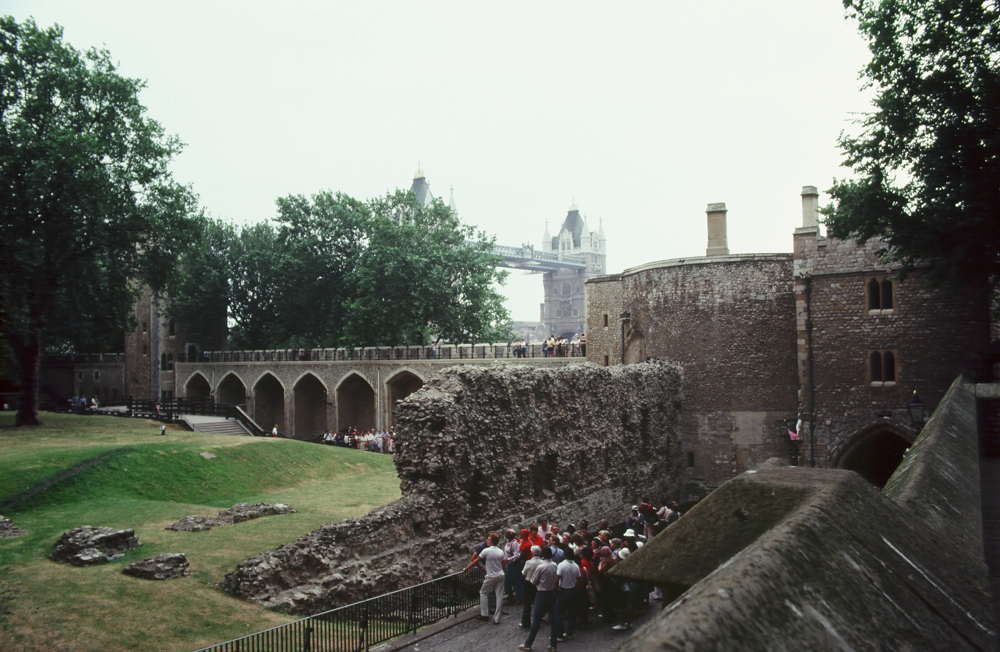

It's hard to imagine London without the famous Tower Bridge. Construction began in 1886, at the time it was the largest and most sophisticated bascule bridge ever build. In order to protect its underlying steelwork it was clad in Cornish granite and Portland Stone. It is opened about 800 times each year.
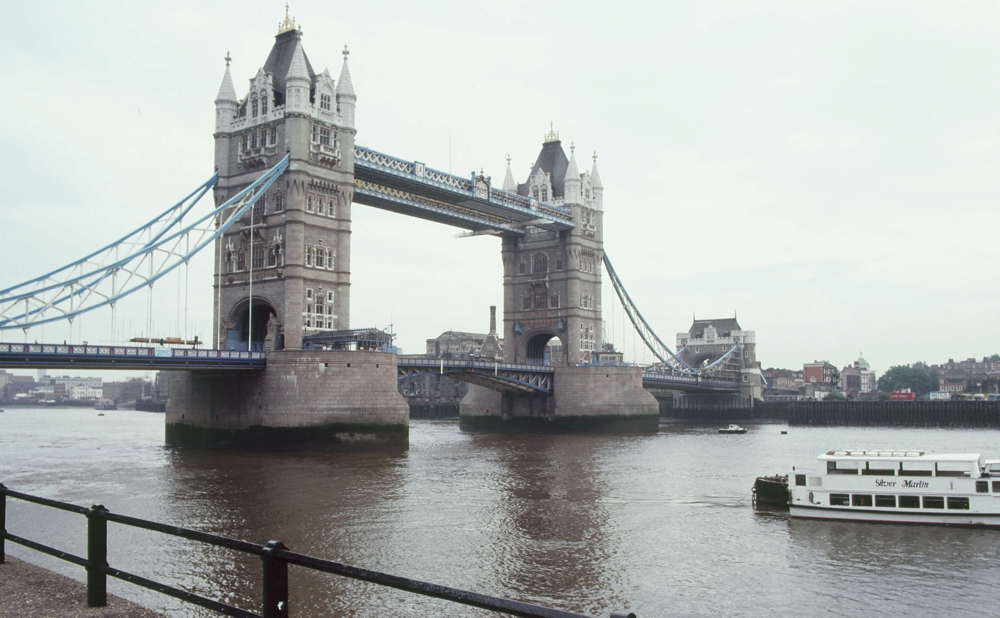

North Rose window of Westminster Abbey, a royal church in the center of London with over a thousand years of history, is famous for its art work, stained glass, textiles and artifacts. It was founded by Benedictine monks in 960 and is one of the most important Gothic buildings in the country.
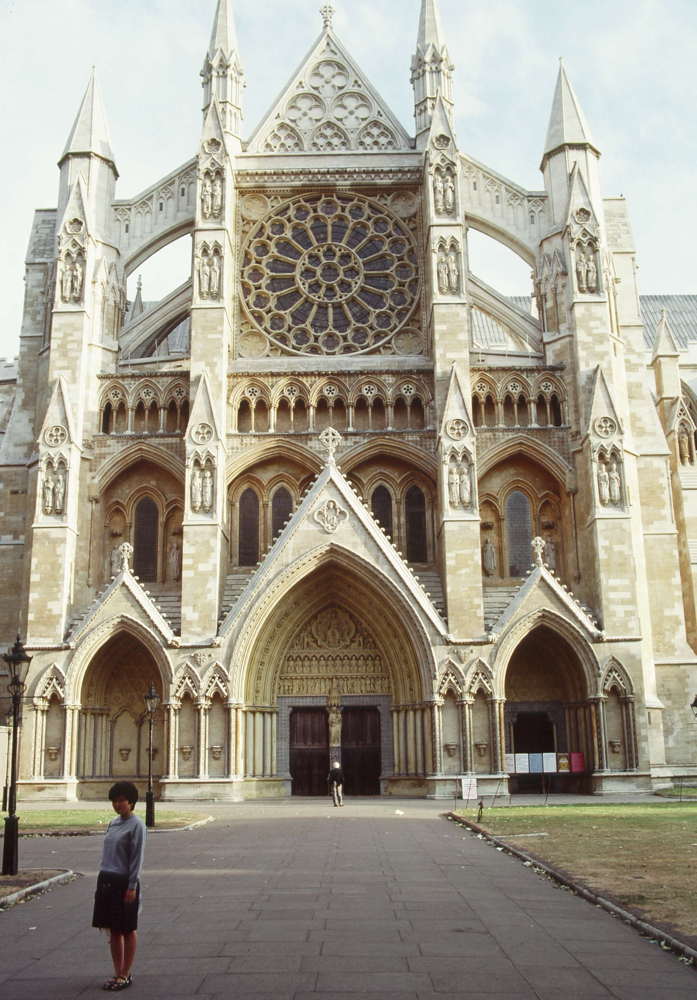

Detail of Westminster Abbey
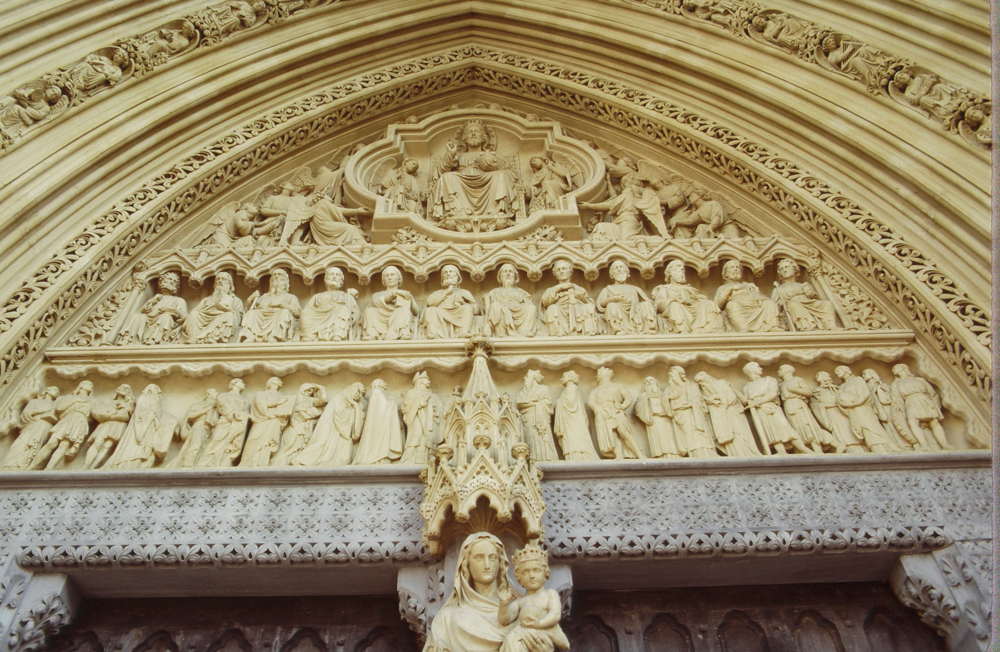
Big Ben standing 315 feet tall is located at the north end of the Palace of Westminster. When completed in 1859 its clock was the largest and most accurate four-faced striking and chiming clock in the world. Even during its 1984 restoration it maintained its commanding presence.
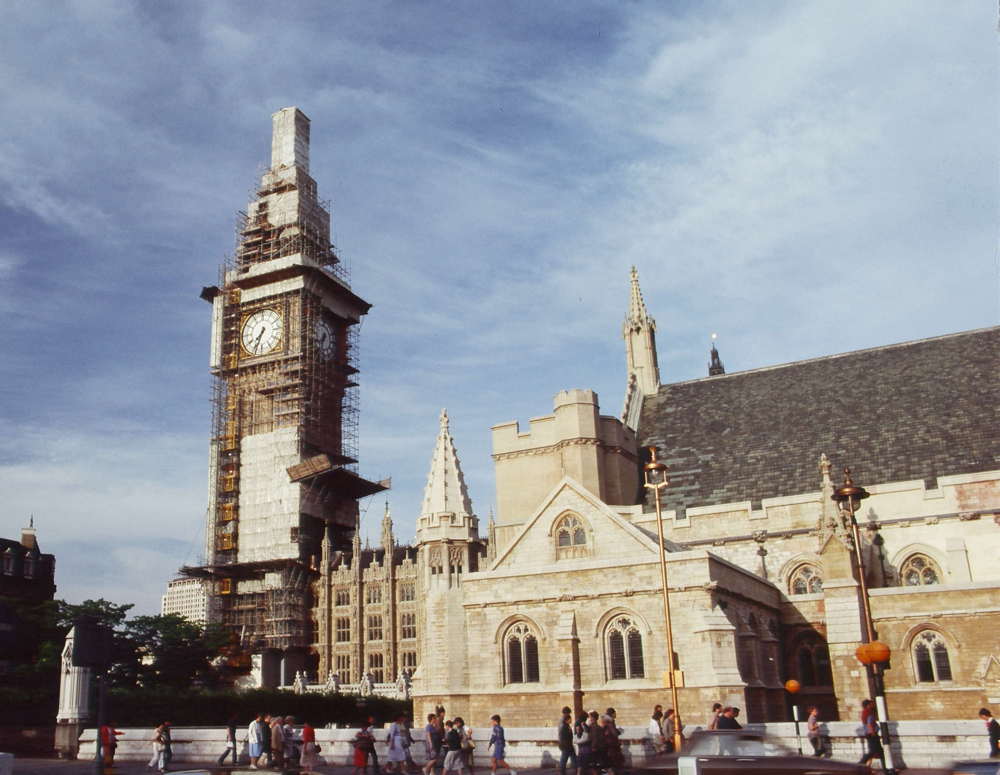

Big Ben standing 315 feet tall is located at the north end of the Palace of Westminster. When completed in 1859 its clock was the largest and most accurate four-faced striking and chiming clock in the world. Even during its 1984 restoration it maintained its commanding presence.

Prominent in the Buckingham Palace area is the Queen Victoria Memorial commemorating her 1901 death. Created by Sir Thomas Brock, the Memorial was formally unveiled by King George V in 1911. It contains 2,300 tons of white Carrara marble and is one of the most popular sights in London.
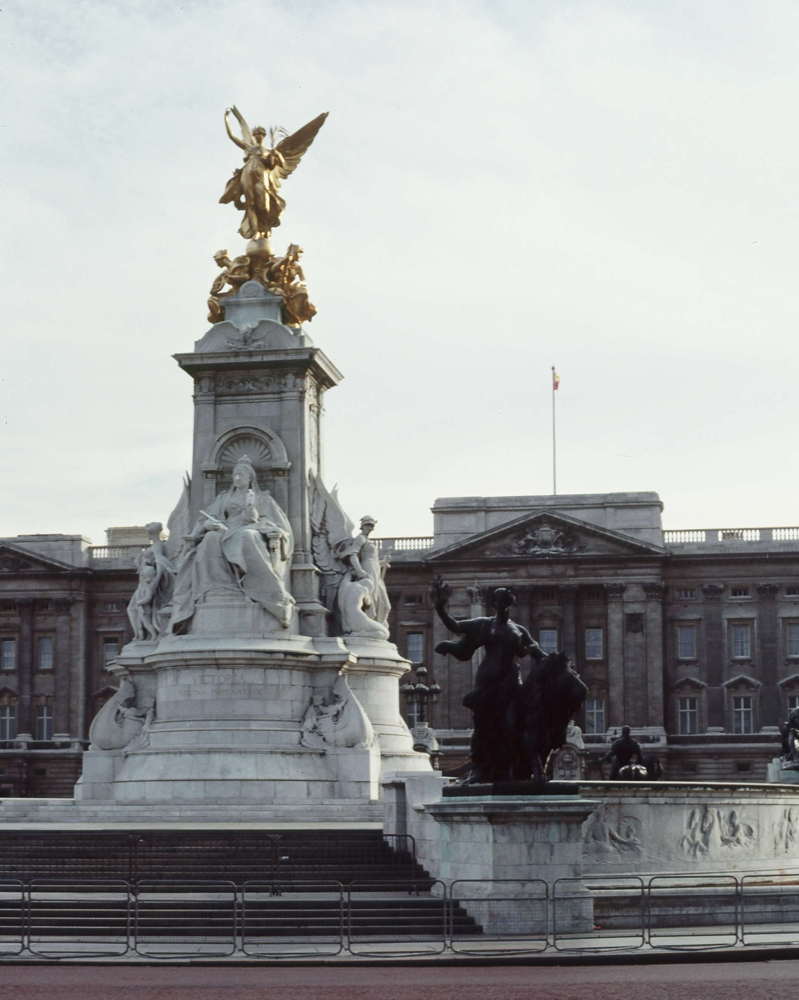
Buckingham Palace is the London Residence and administrative headquarters of Queen Elizabeth II. It is the center for state occasions and royal hospitality. The palace has 775 rooms and extensive private gardens, The day we walked past several hundred people had just left one of the Queen's summer garden parties.
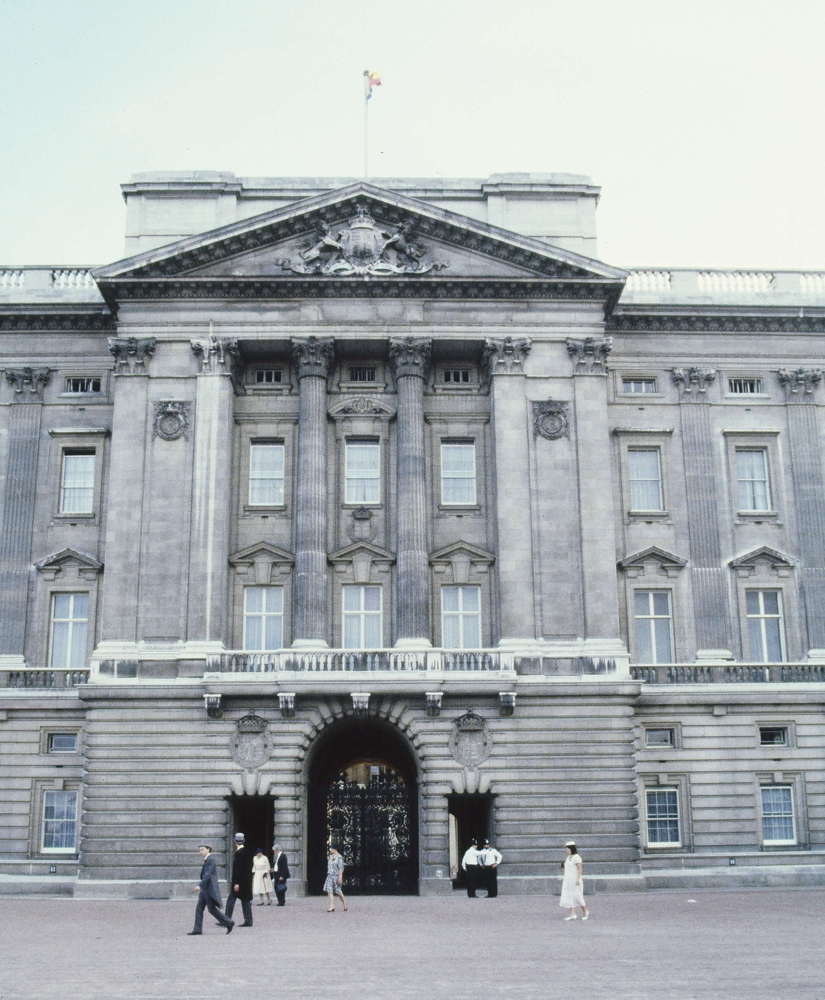

Buckingham Palace is the London Residence and administrative headquarters of Queen Elizabeth II. It is the center for state occasions and royal hospitality. The palace has 775 rooms and extensive private gardens, The day we walked past several hundred people had just left one of the Queen's summer garden parties.

From Westminister Pier we traveled on the Thames to Greenwich. It is home to the Royal Observatory, the National Maritime Museum, the Old Royal Naval College and the Meridian Line. We enjoyed a full day of sightseeing.
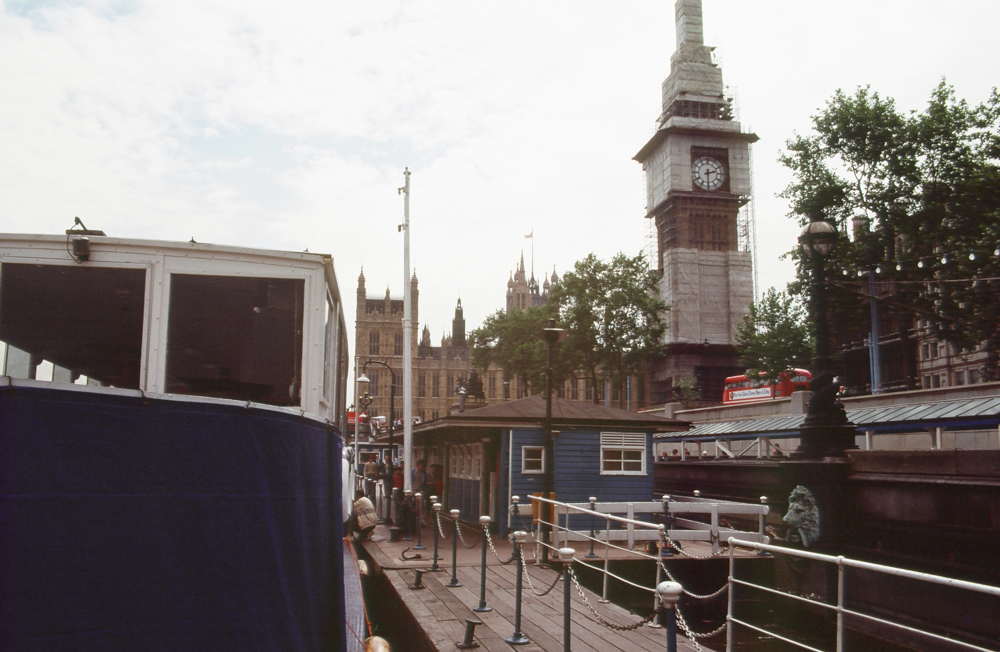
The Cutty Sark was one of the last tea clipper ships built and is part of the collection of the National Historic Fleet.
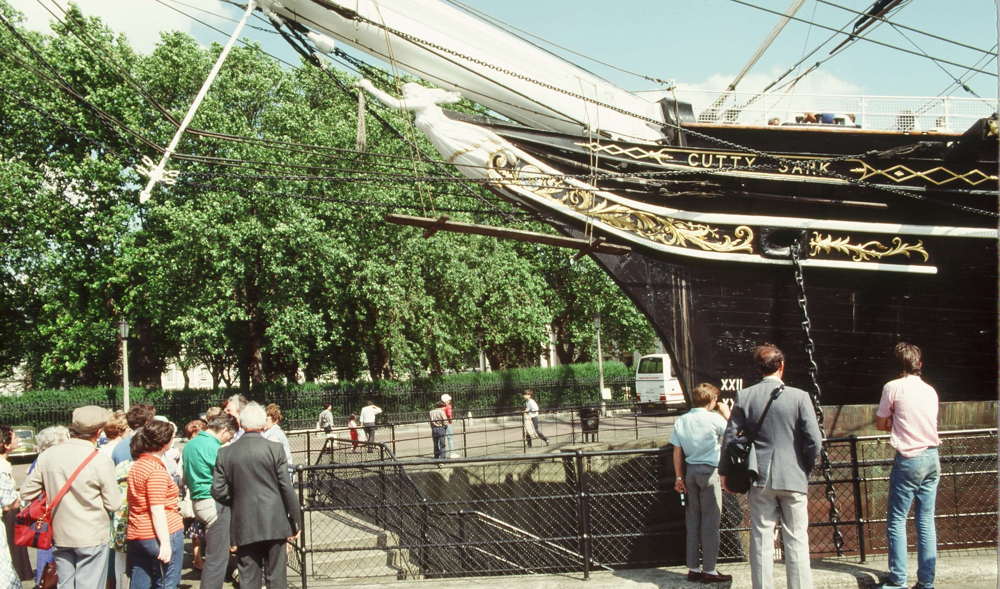
The Gipsy Moth IV is the 54 foot that Sir Francis Chichester sailed solo on his 226-day circumnavigation of the globe during 1966-67. In 2004 it underwent renovation and it completed a a second circumnavigation in May, 2007.
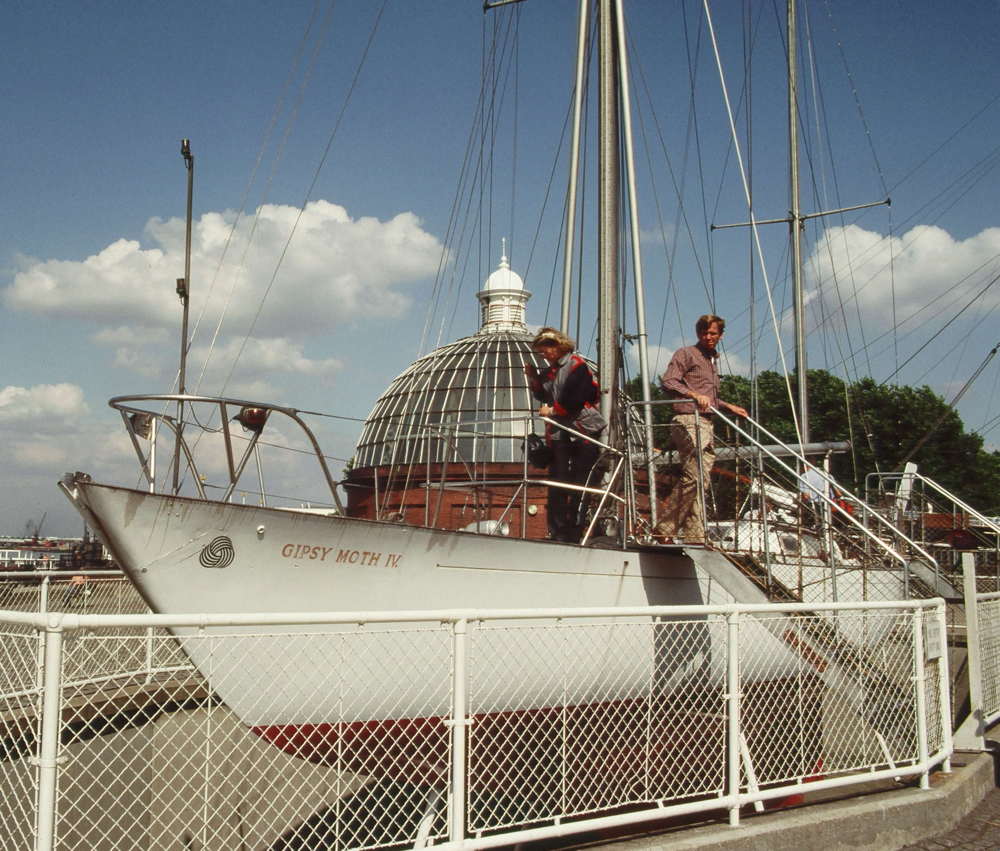
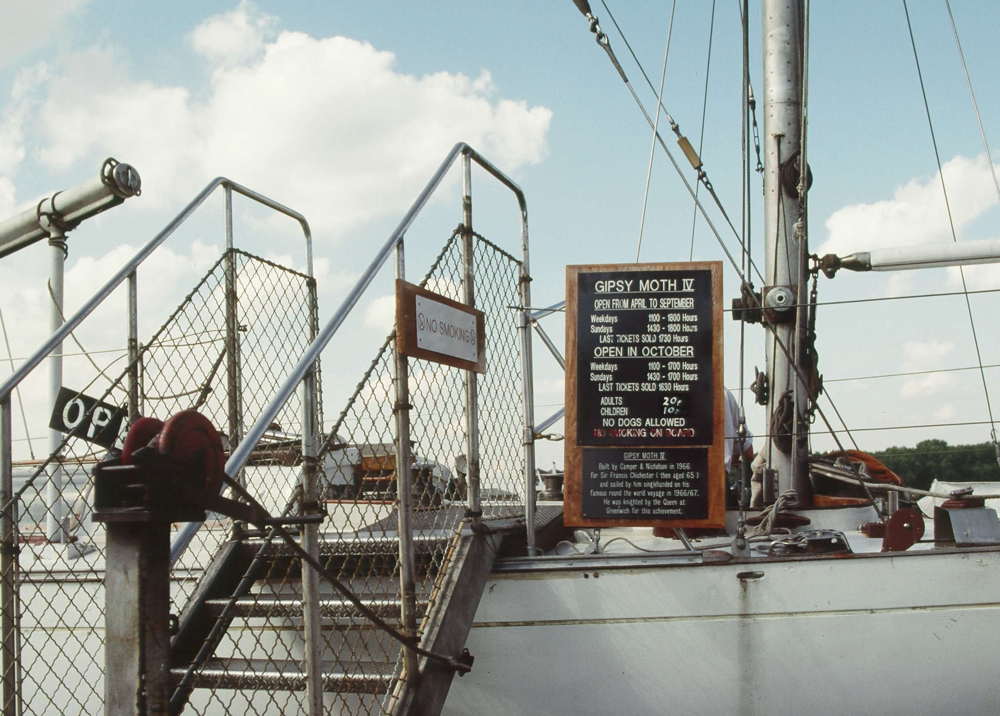

The Cutty Sark was one of the last tea clipper ships built and is part of the collection of the National Historic Fleet.

The Gipsy Moth IV is the 54 foot that Sir Francis Chichester sailed solo on his 226-day circumnavigation of the globe during 1966-67. In 2004 it underwent renovation and it completed a a second circumnavigation in May, 2007.


Al was fascinated with this self steering mechanism.
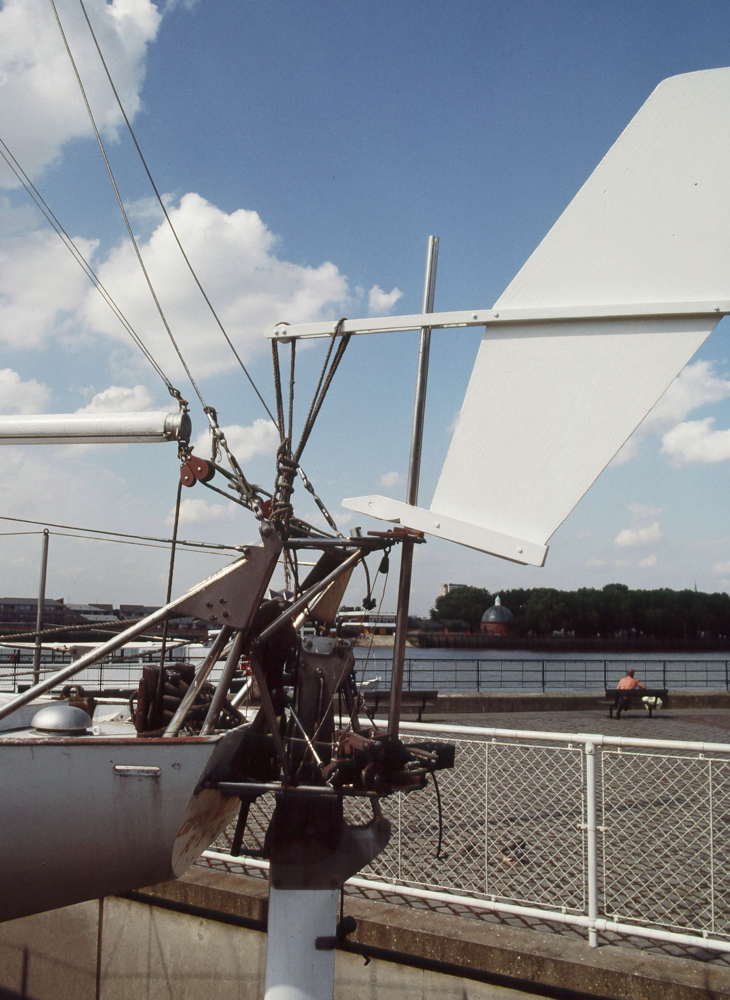

Hever Castle
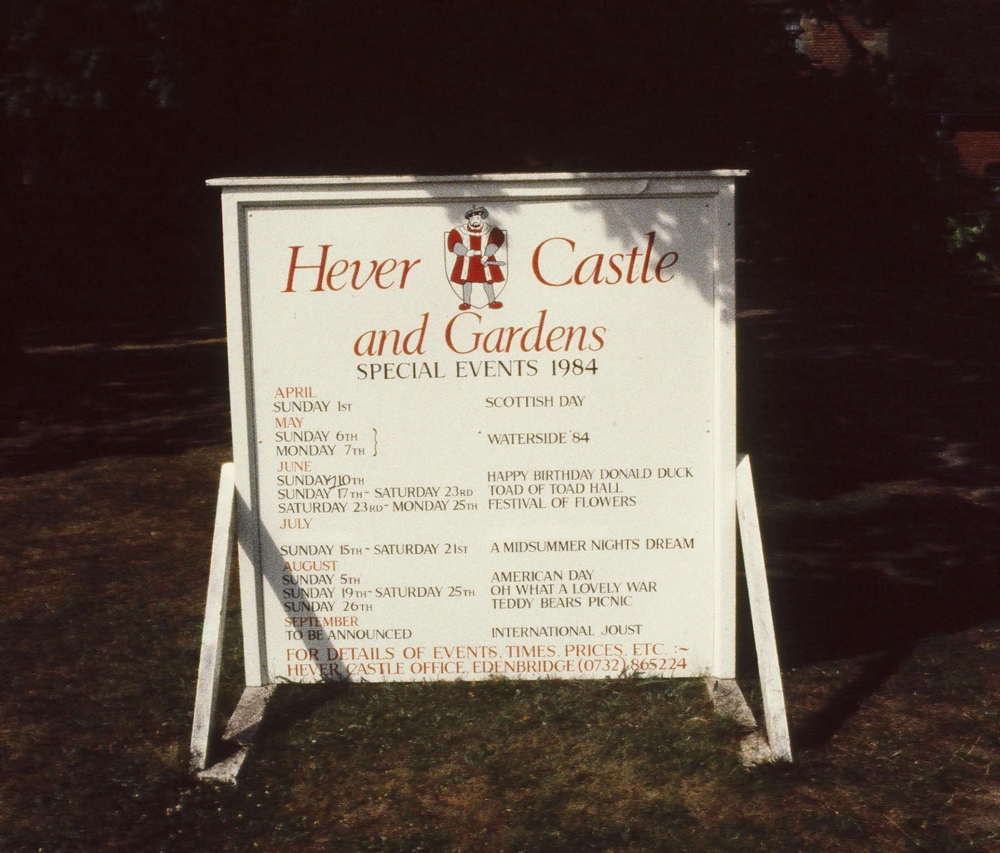
Located in Hever, 30 miles southeast of London, at one time this was the seat of the Boleyn family. We toured the castle and the gardens.
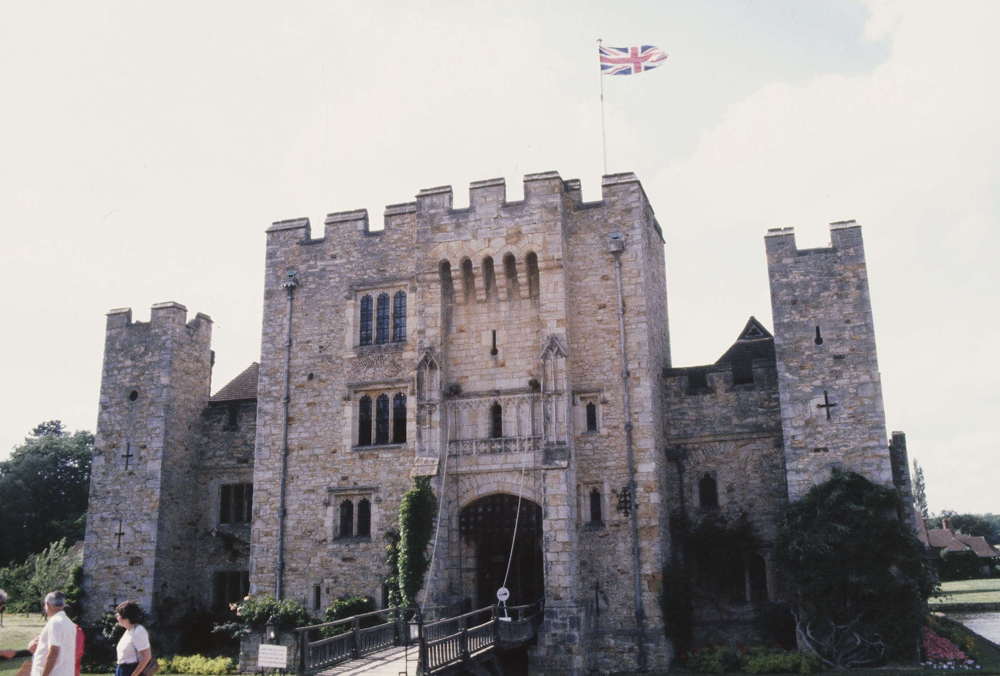
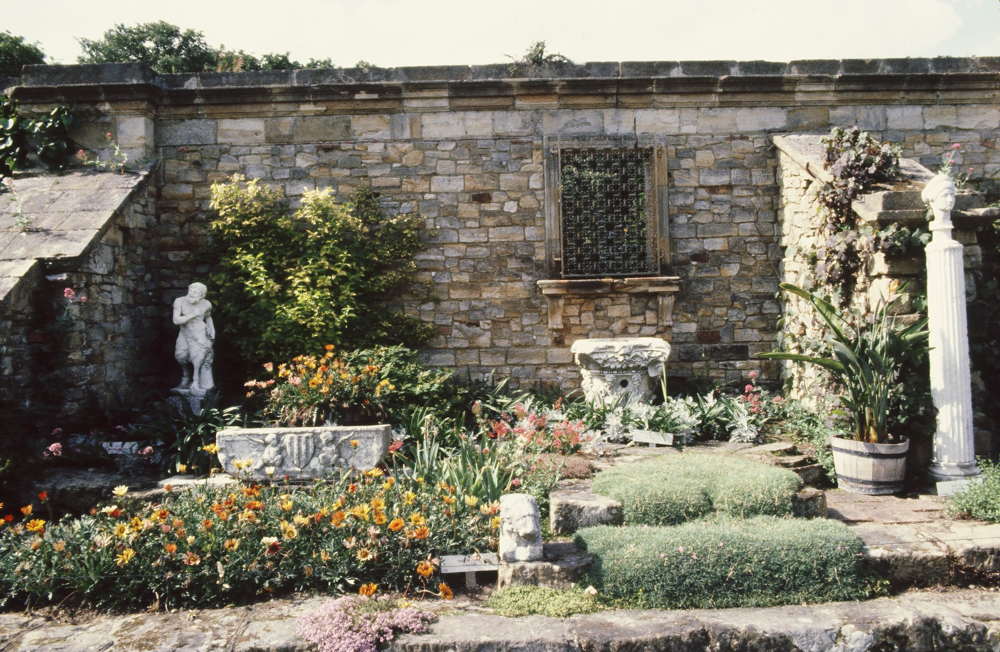
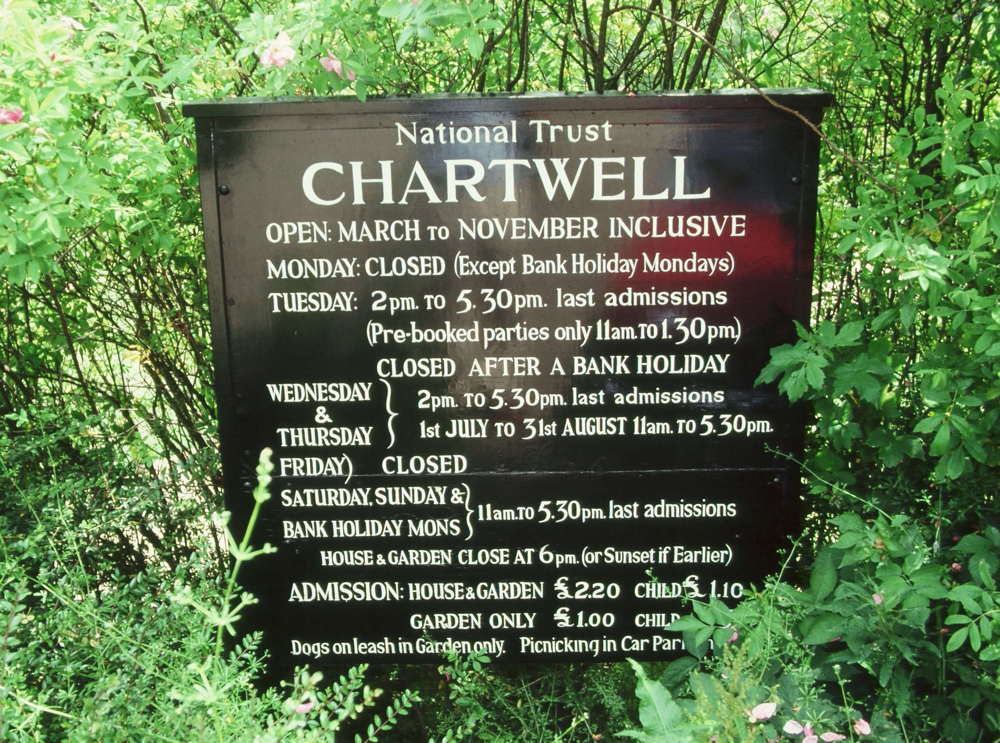
For forty years this served as the home of Winston Churchill. It was his favorite place and provided him with opportunities for rest and relaxation.
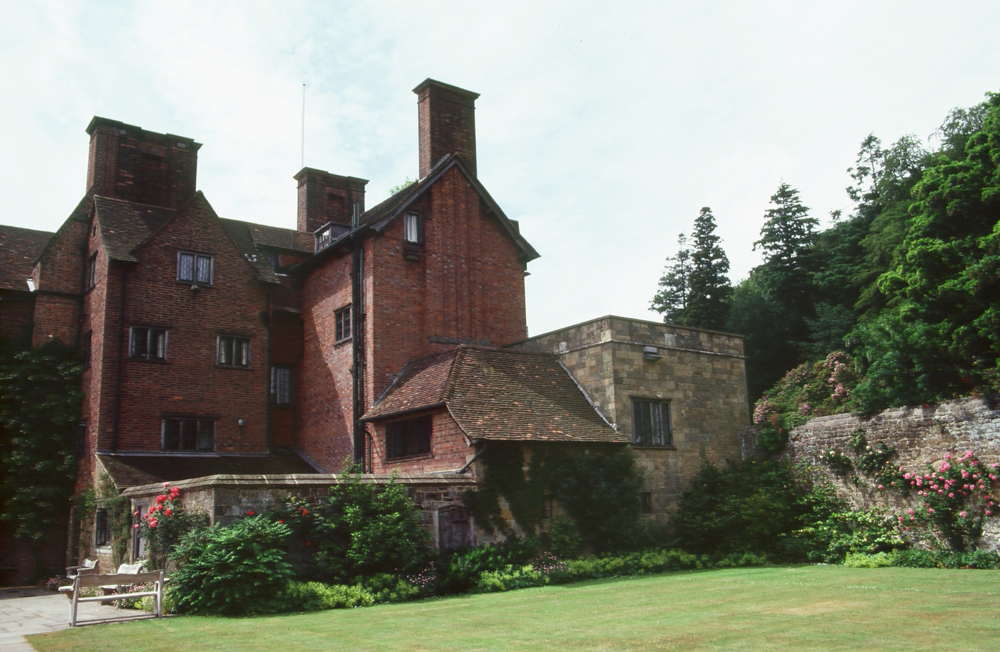
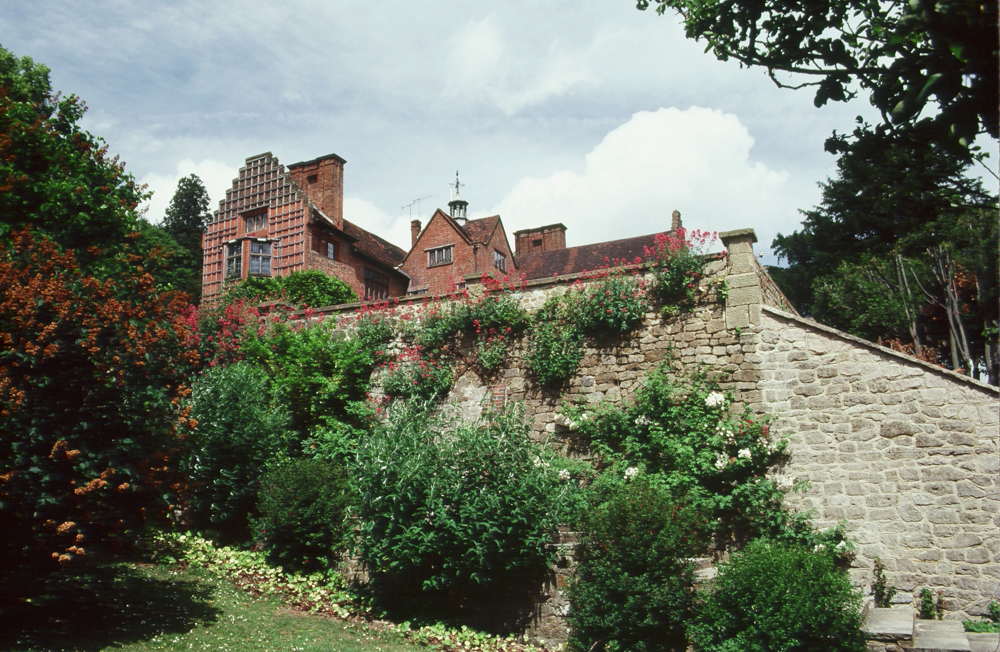
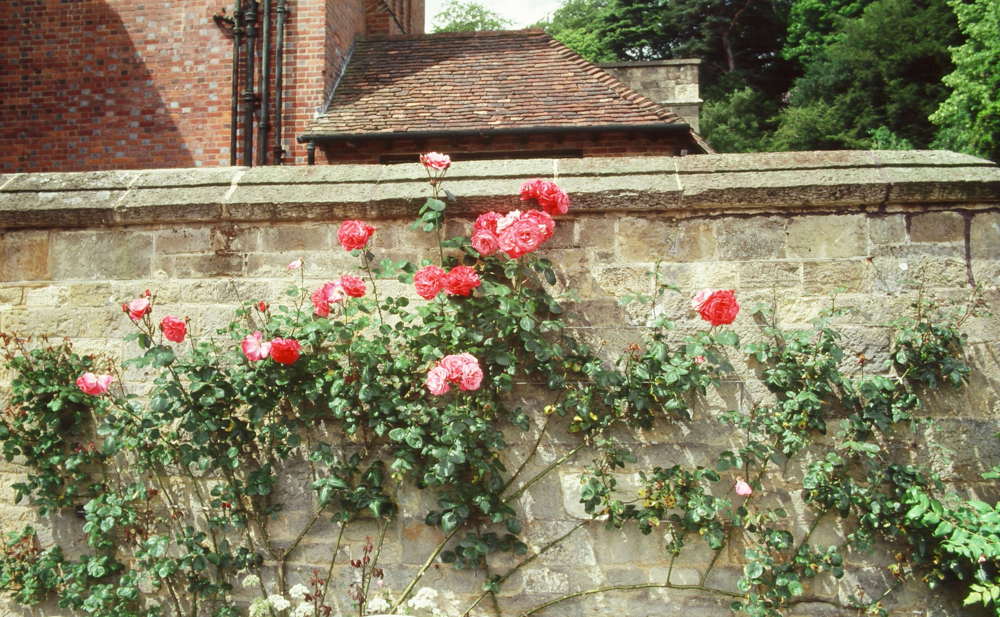
Stonehenge, a prehistoric monument in Wiltshire, consists of a ring of standing stones each about 13 feet high and 7 feet wide, with a total weight of about 25 tons. It is an impressive sight from both its approach and from up close.
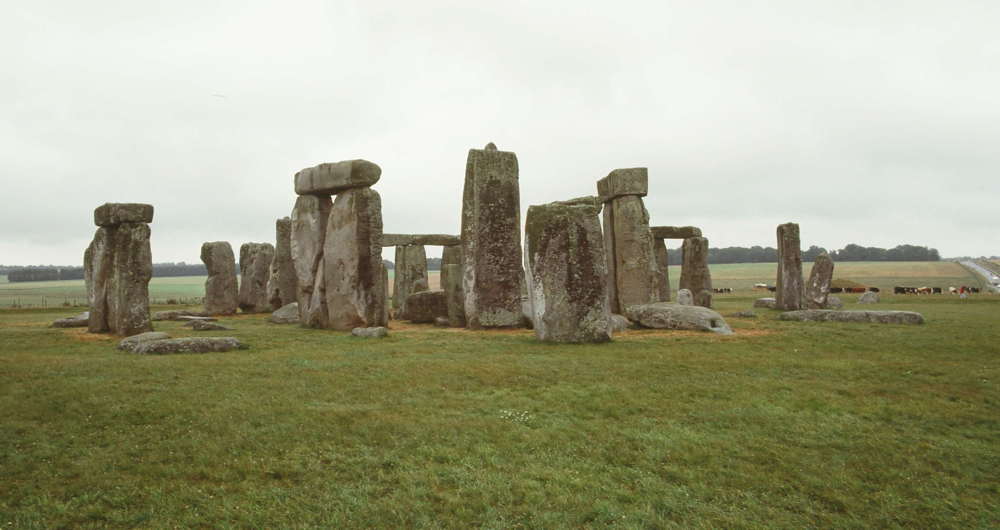
We were fortunate to see it on day that had very few visitors. A chain link fence (not visible in this photo) was installed to protect the site. When Annamarie visited in 1969 she was allowed to walk in between the stones.
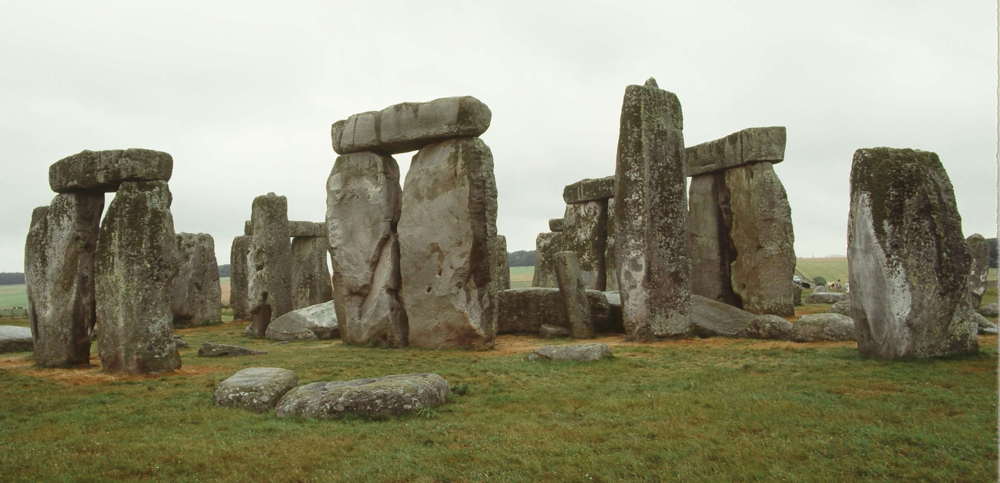
Bath, 97 miles west of London is in the valley of the River Avon. It is famous for its hot springs, Roman period baths, Medieval heritage and stately Georgian architecture.
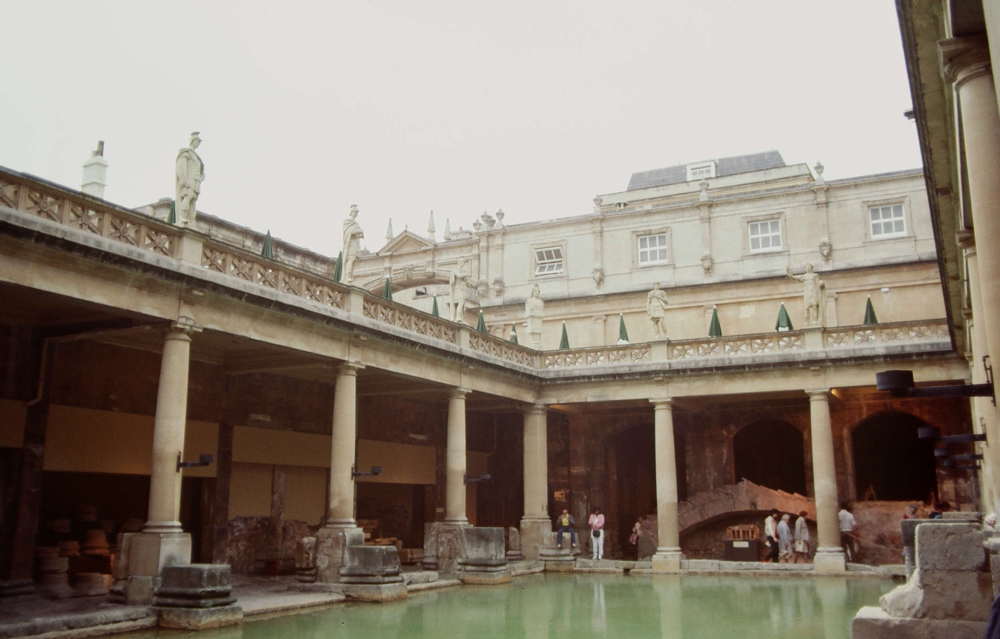
Annamarie thought this garden sculpture was charming and typical of what we observed in the various gardens we toured. We said good-bye to London and prepared to fly to Athens for the next part of our holiday.
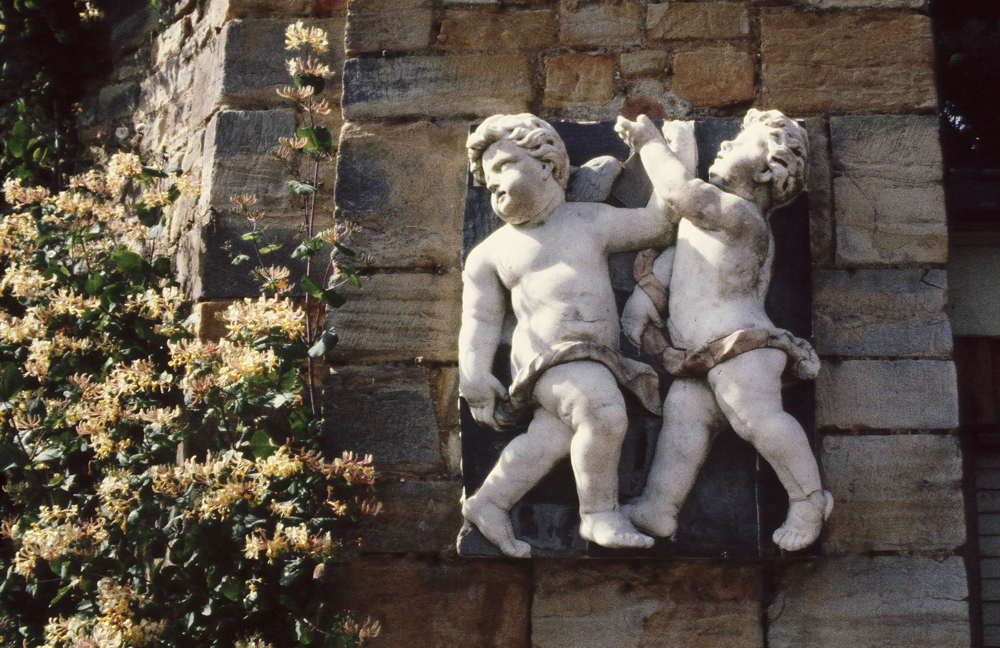

Located in Hever, 30 miles southeast of London, at one time this was the seat of the Boleyn family. We toured the castle and the gardens.



For forty years this served as the home of Winston Churchill. It was his favorite place and provided him with opportunities for rest and relaxation.



Stonehenge, a prehistoric monument in Wiltshire, consists of a ring of standing stones each about 13 feet high and 7 feet wide, with a total weight of about 25 tons. It is an impressive sight from both its approach and from up close.

We were fortunate to see it on day that had very few visitors. A chain link fence (not visible in this photo) was installed to protect the site. When Annamarie visited in 1969 she was allowed to walk in between the stones.

Bath, 97 miles west of London is in the valley of the River Avon. It is famous for its hot springs, Roman period baths, Medieval heritage and stately Georgian architecture.

Annamarie thought this garden sculpture was charming and typical of what we observed in the various gardens we toured. We said good-bye to London and prepared to fly to Athens for the next part of our holiday.

---------------- Greece and Turkey, July 1984 ----------------
Index---------------- Athens, Greece ----------------
After arriving on our flight from London we went directly to The Amelia Hotel. Syntagma (Constitution) Square and the Parliament are a short walk.
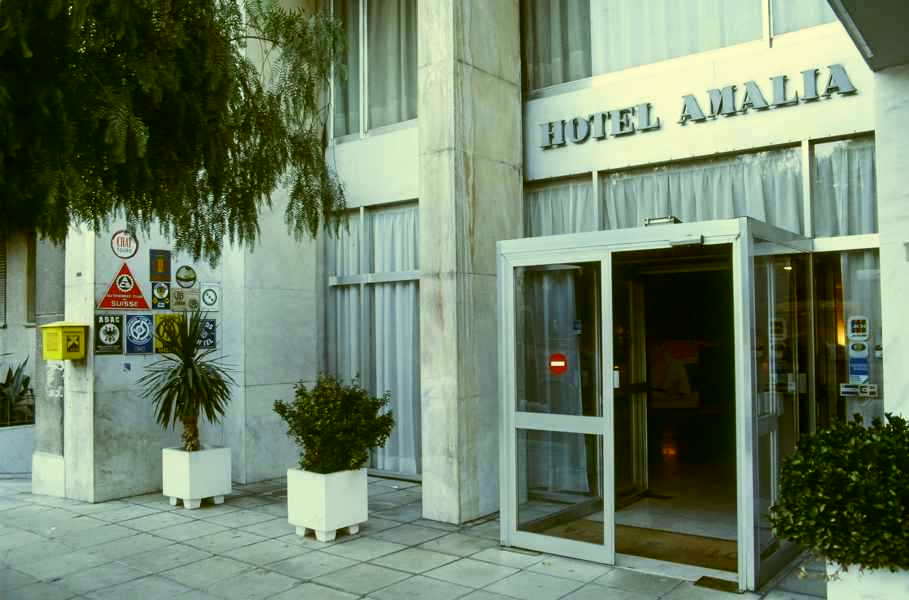

The view from our hotel room with the Acropolis in the distance.
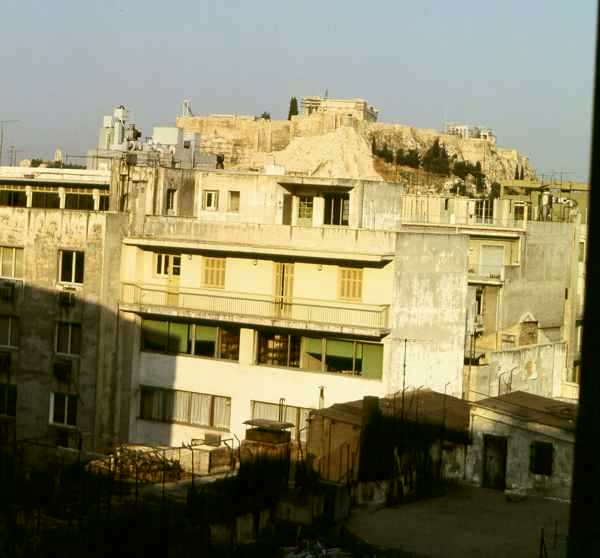

The Zappeion Gardens, designed for King Otto and Queen Amalia's Royal Palace were planted between 1838 and 1860.
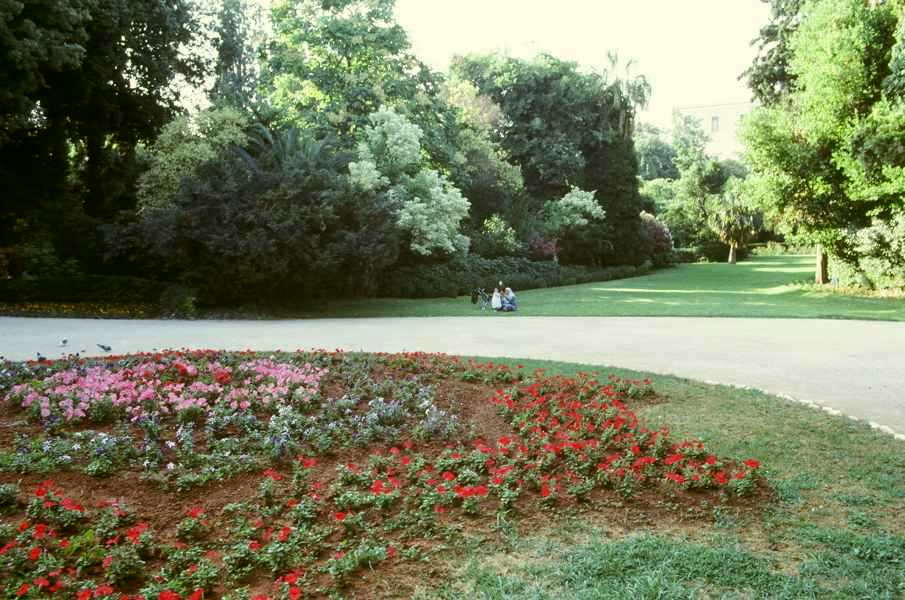

The Changing of the Guard ceremony carried out by the elite Evzones at the Tomb of the Unknown. We liked the detail on the uniform. The pleated skirt, the foustanela, was worn by the Greek fighters of the 1821 revolution and today it is the Evzones official uniform.
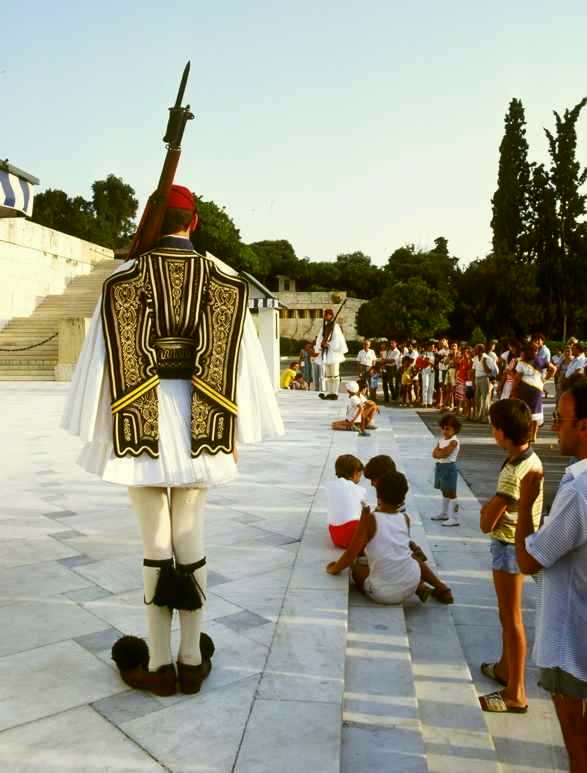

Annamarie in front of the National Archaeology Museum, the most important archaeological museum in Greece. Its collections are representative of all the cultures that flourished in Greece.
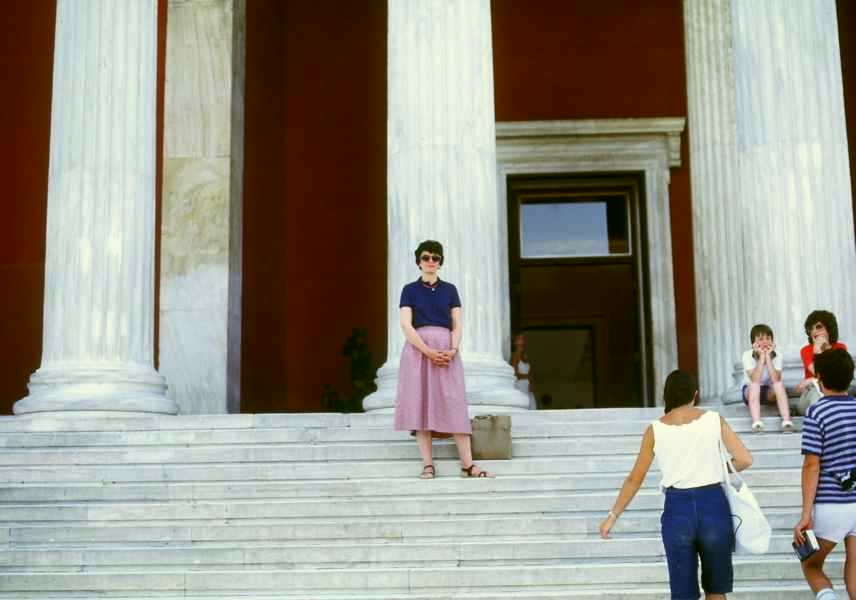

Annamarie at the Parthenon with the city behind her.
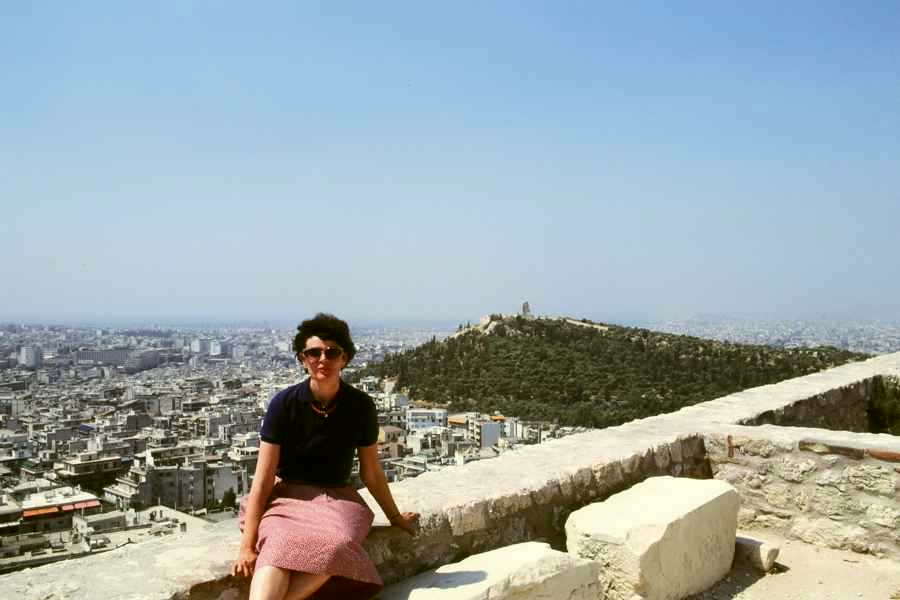

The fifth century Parthenon is considered to be a perfect Doric temple, and was dedicated to the patron goddess of the city, Athena Parthenos.
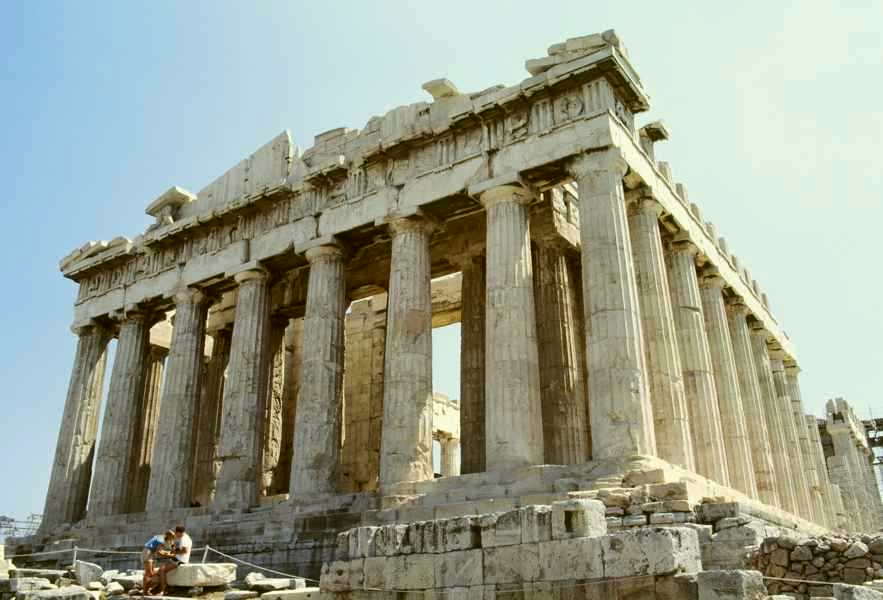

Resting during our sightseeing.
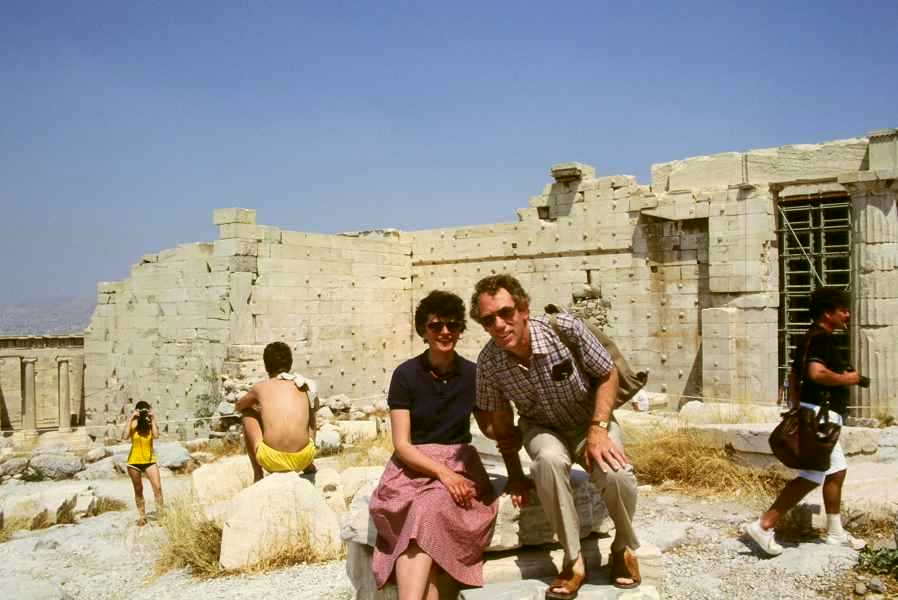

In the late sixth century the Parthenon was converted into a Christian church. In about 1204, under the Frankish Dukes of Athens, it served as a Latin church, and in 1458 the Turkish conquerors turned it into a mosque.
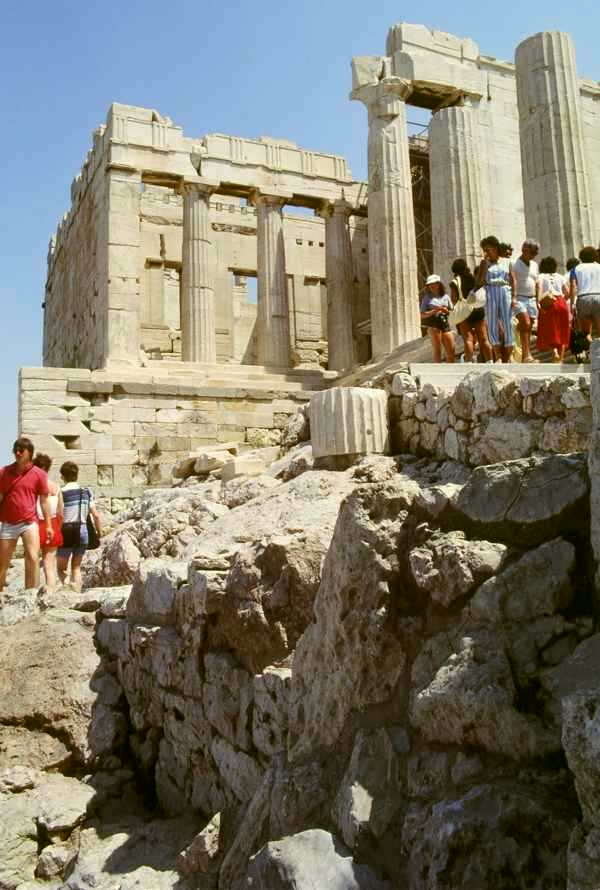

The Parliament Building, formerly the King's Palace, built between 1836 and 1840 by King Otto and financed by his father Ludwig I of Bavaria.
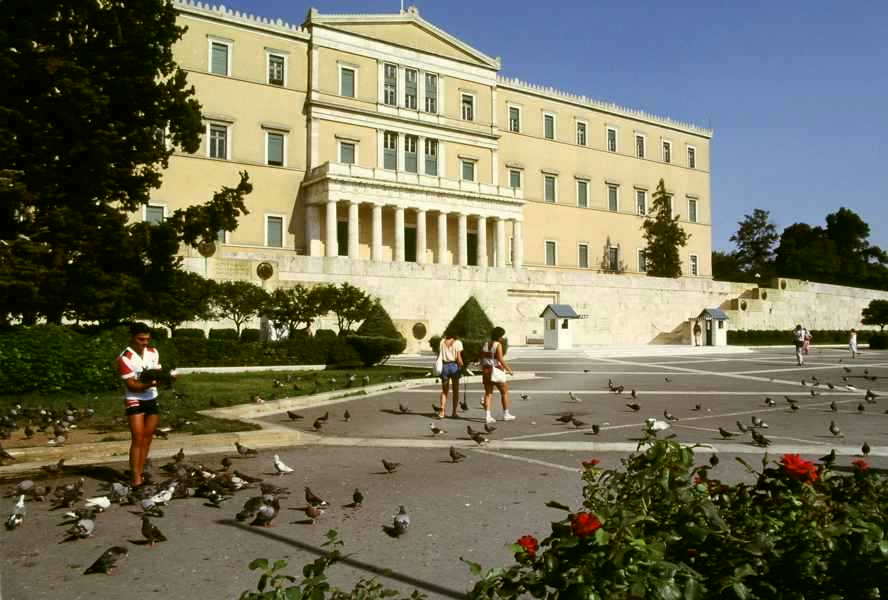

---------------- Delphi ----------------
One of several roadside sanctuaries on the way to Delphi, 117 miles northwest of Athens.
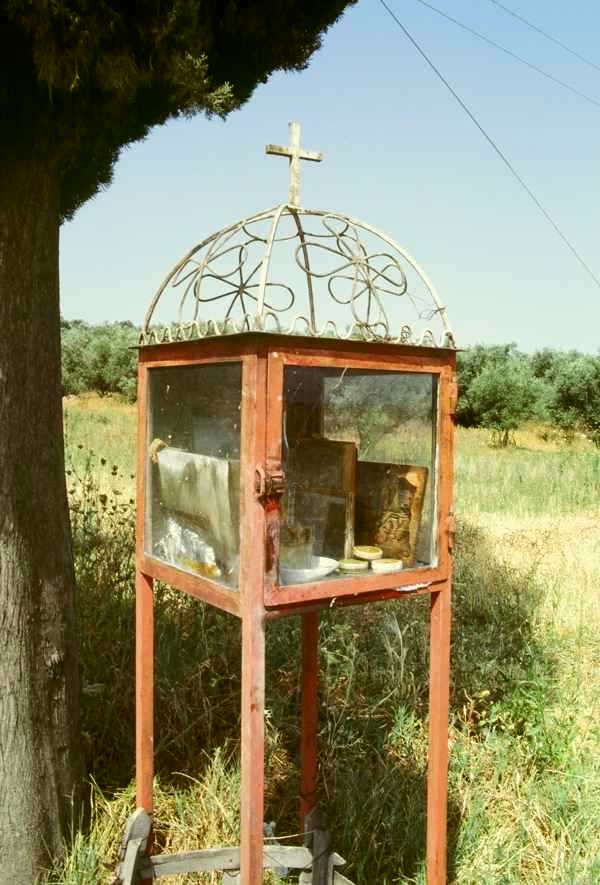

Set in a spectacular location against the craggy peak of Mount Parnassus legend says Delphi was founded by Zeus. The fourth century theater is still standing and was the site of the Pythian Festival.
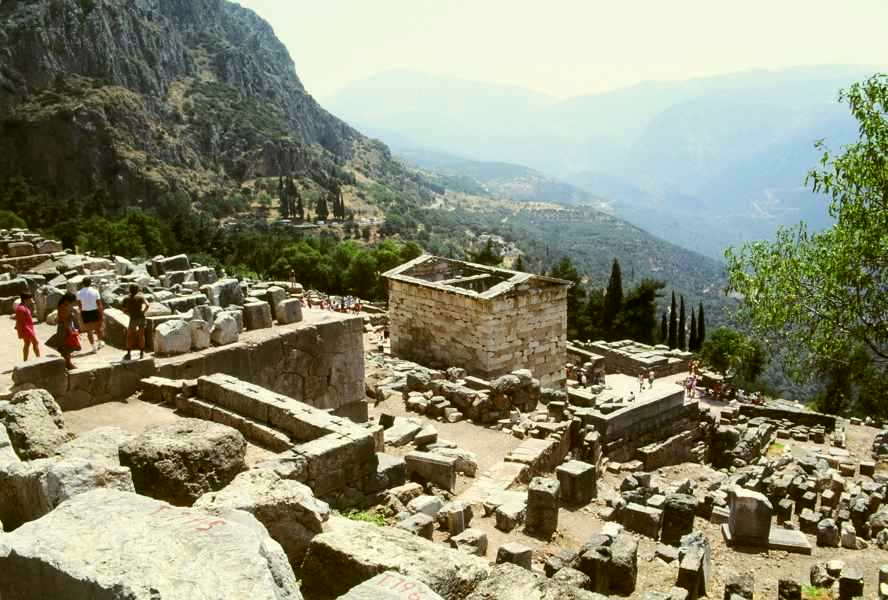

A view with columns.
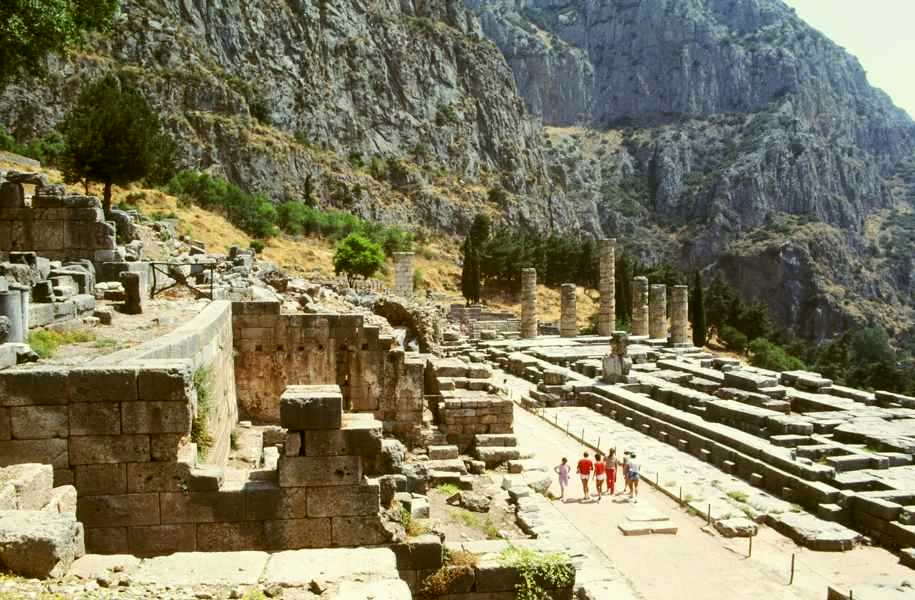

A Temple.
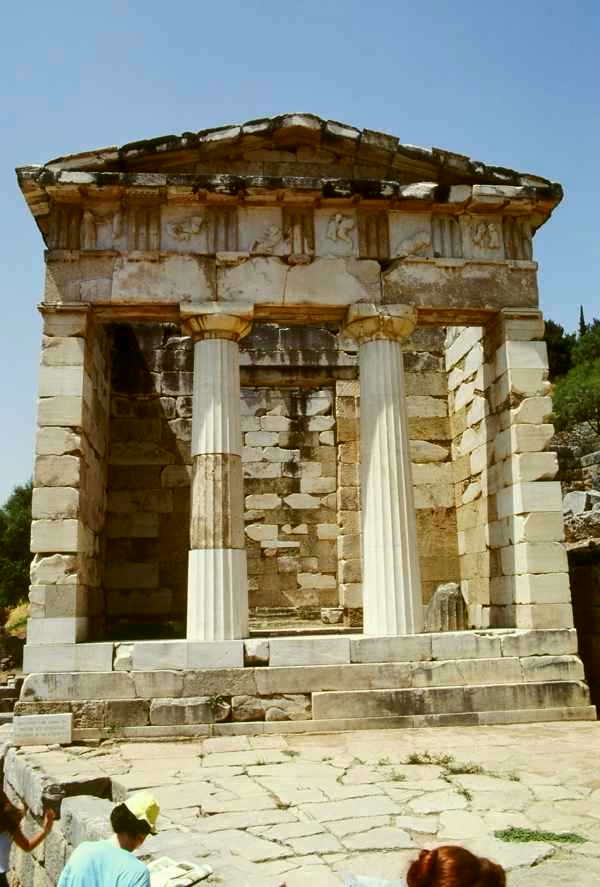

Delphi with columns.
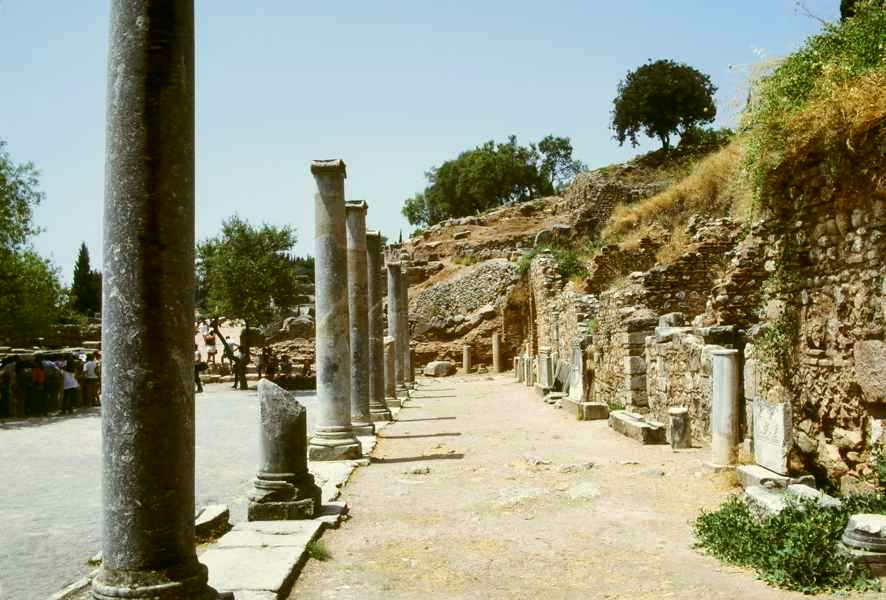

---------------- The Stella Solaris ----------------
As our ship sailed from Piraeus, Athens port city, Annamarie relaxed on deck.
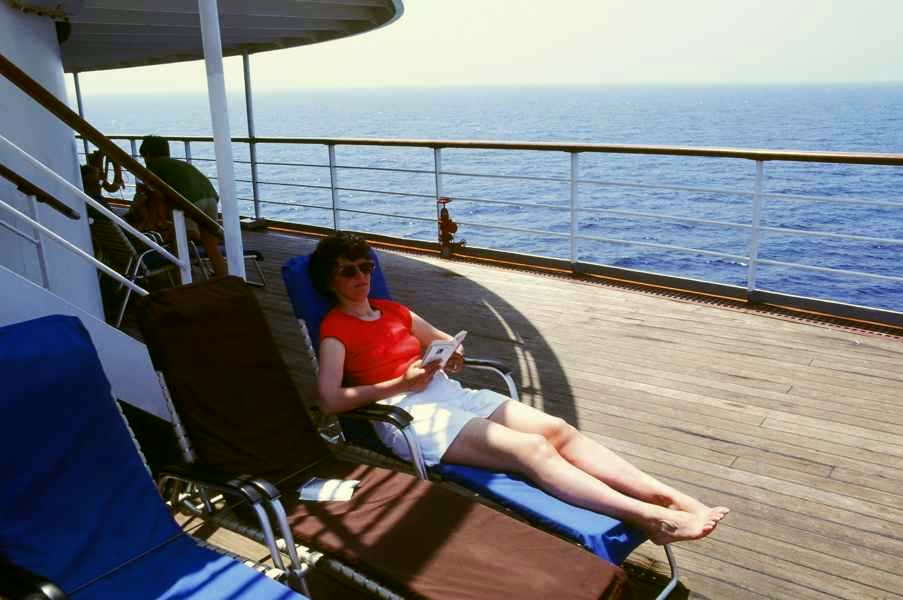

---------------- Dikili, Turkey ----------------
Pergamum theater.
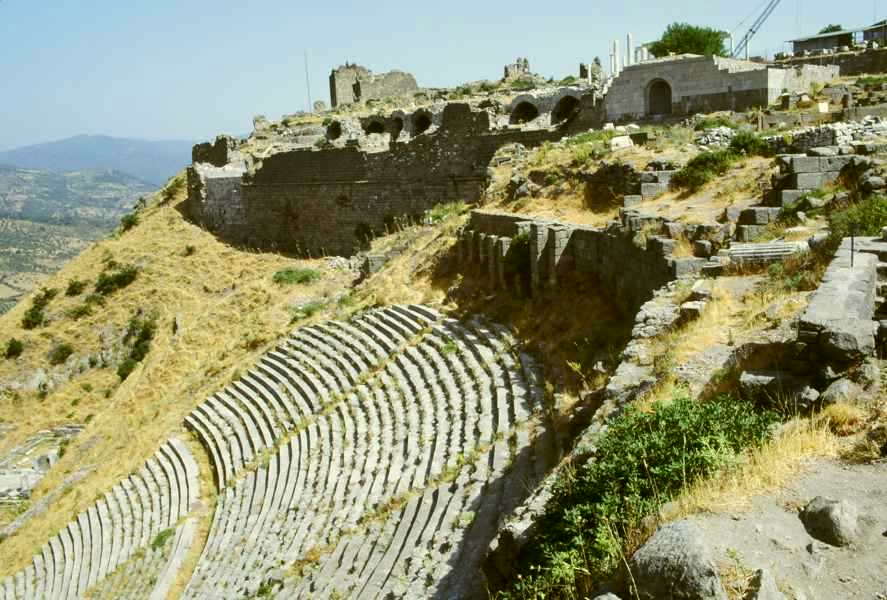

Pergamum with pillars.
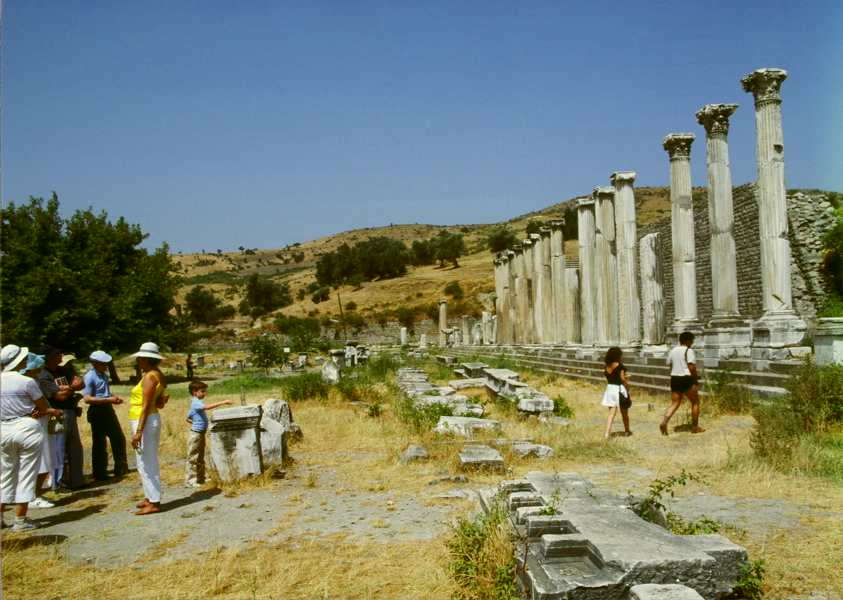

An interesting view of Pergamum.
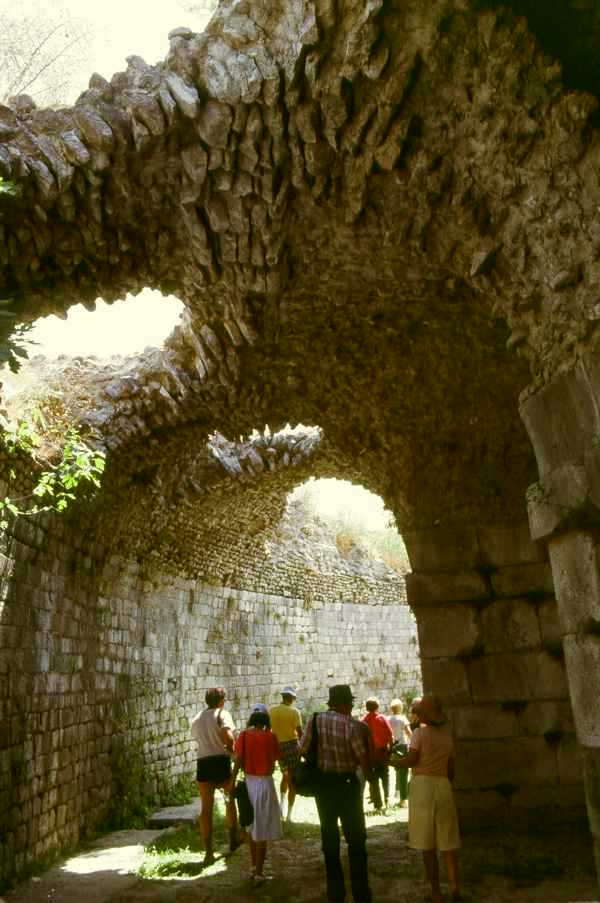

---------------- Istanbul, Turkey ----------------
Mosque of Suleiman The Magnificent constructed from 1550-1557 it was a monument to himself. Architect Mimar Sinan is buried here. It has graceful minarets and famous stained glass windows.
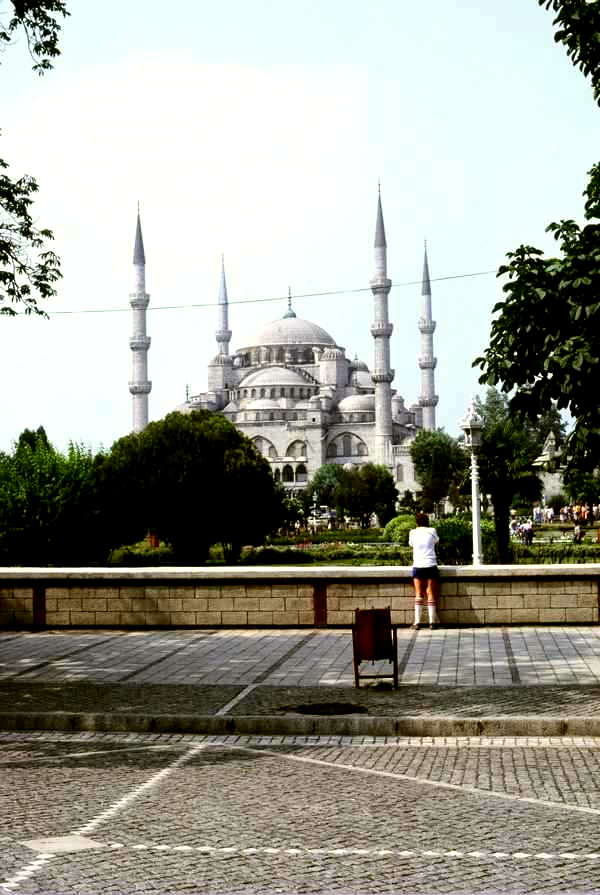
The sixth century AD Hagia Sopia (Church of Holy Wisdom) is one of the world's largest enclosed spaces. In 1453 it was converted to a Mosque and after 1934 it no longer had any religious significance.
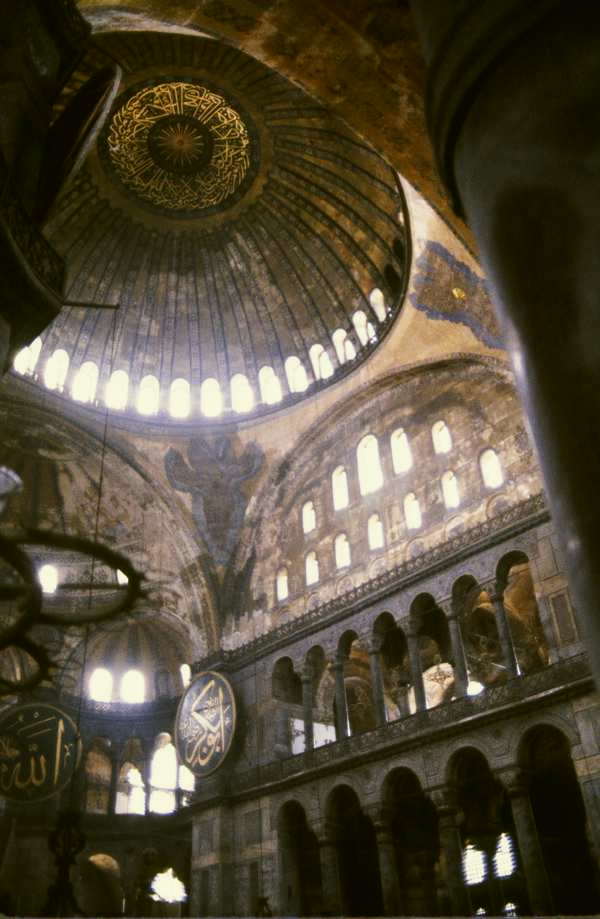
Hagia Sopia interior.
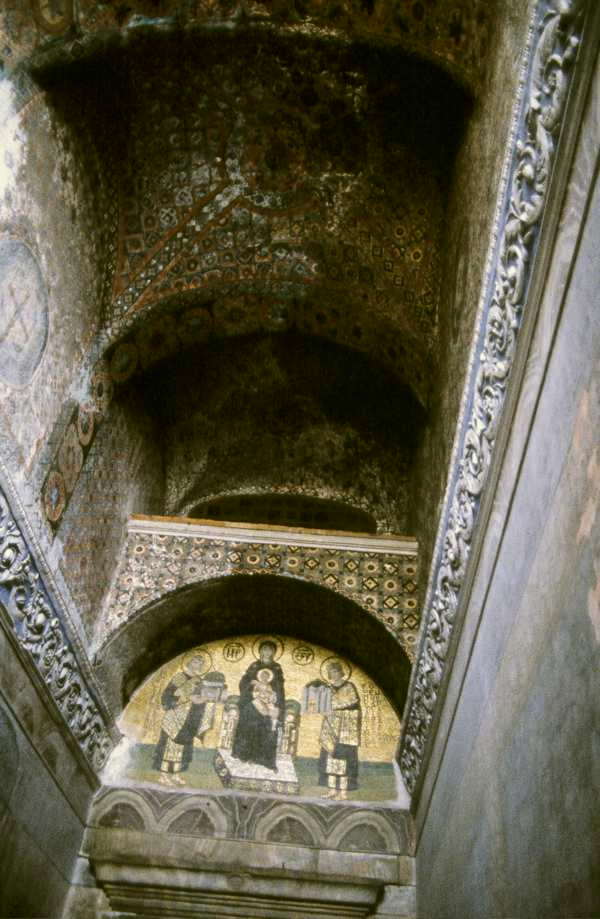

The sixth century AD Hagia Sopia (Church of Holy Wisdom) is one of the world's largest enclosed spaces. In 1453 it was converted to a Mosque and after 1934 it no longer had any religious significance.

Hagia Sopia interior.

Topkapi Museum is situated on a 175 acre site that overlooks the Bosporus. The outside is almost as captivating as the treasures on the inside.
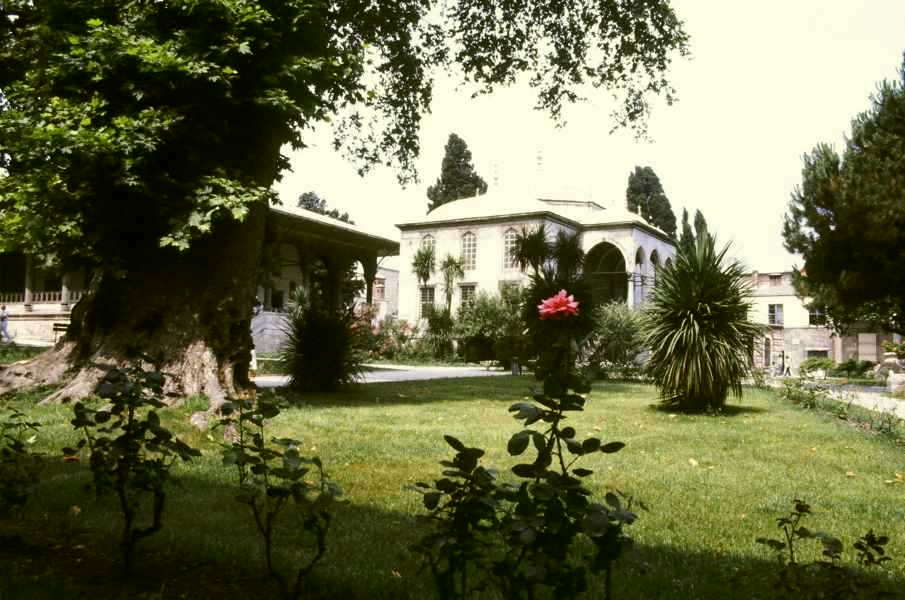

Topkapi Museum detail almost seems to tell a story.
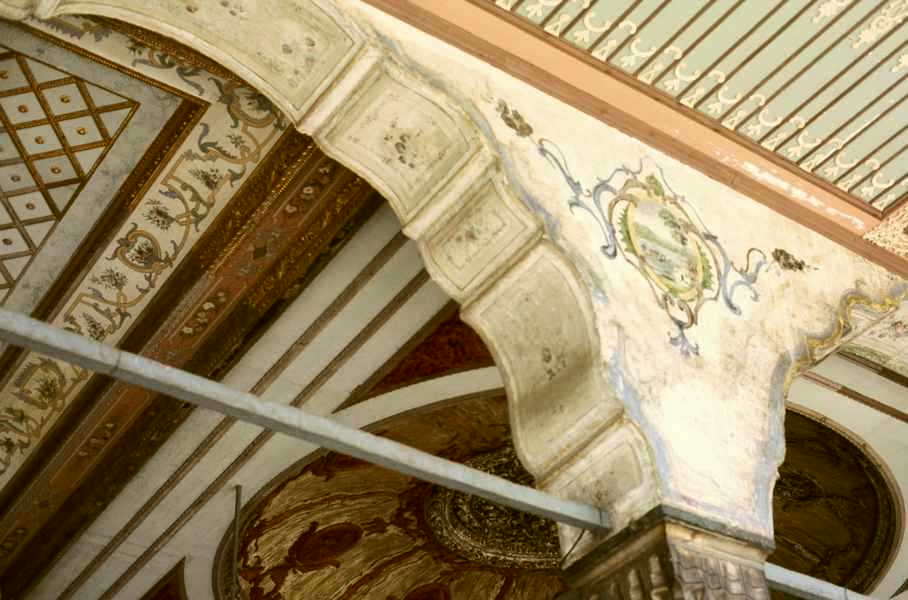
The Blue Mosque.
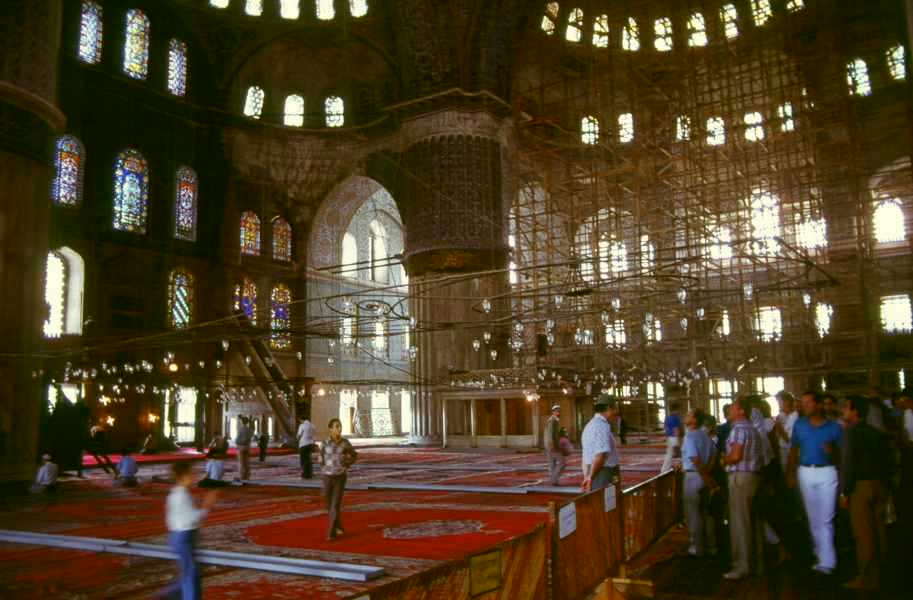

The Blue Mosque.

---------------- The Bazaar ----------------
A horse and cart in Istanbul's famous Bazaar.
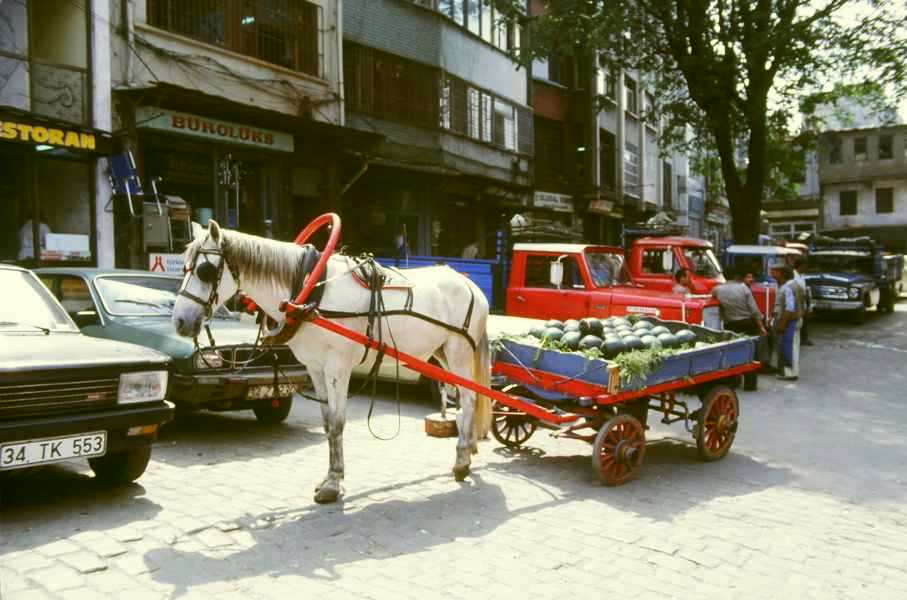

The Golden Horn is the body of water which separates the "old" and "new" parts of Istanbul.
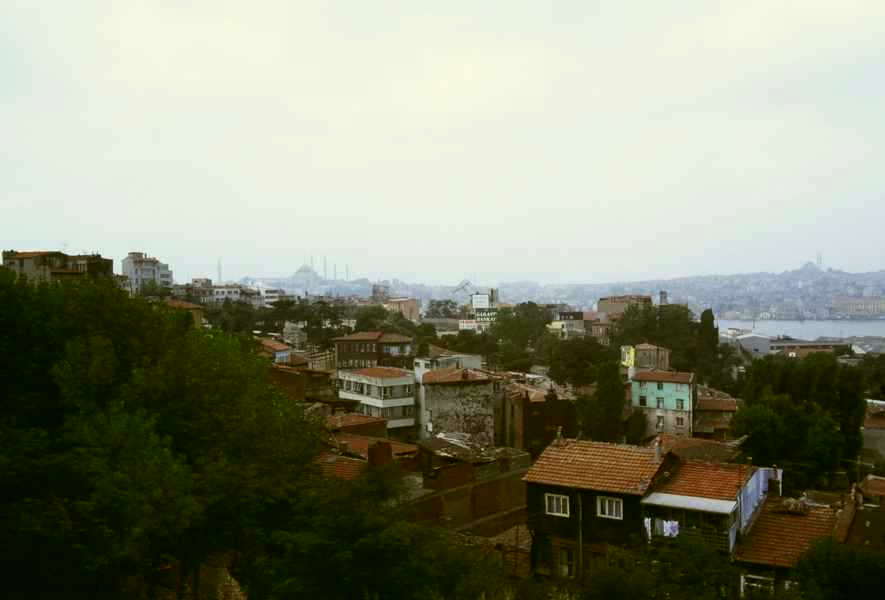

---------------- Kausadasi, Turkey ----------------
Our guide at Ephesus had been part of a National Geographic study team. He was very knowledgeable and we spent the next several hours with him.
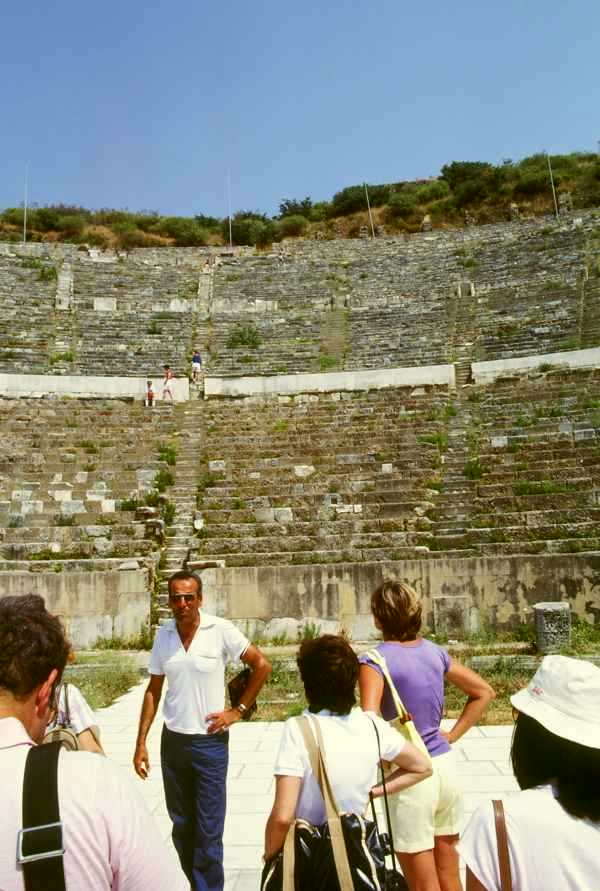

Famous facade of the Library of Celsus.
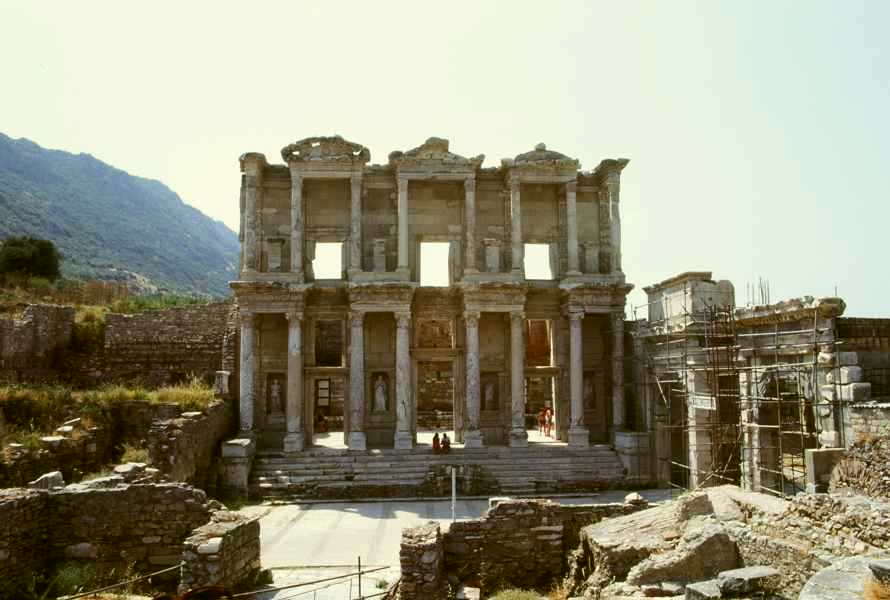

Ephesus is considered to be one of the largest and best preserved sites in all of antiquity.
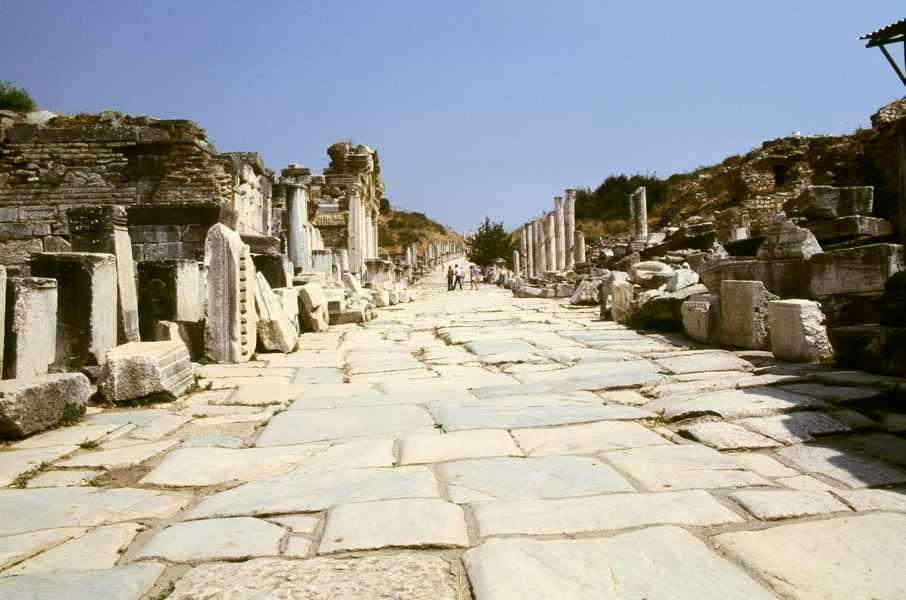

It became the most important commercial city in Asia Minor and was the second-largest city in the Roman Empire.
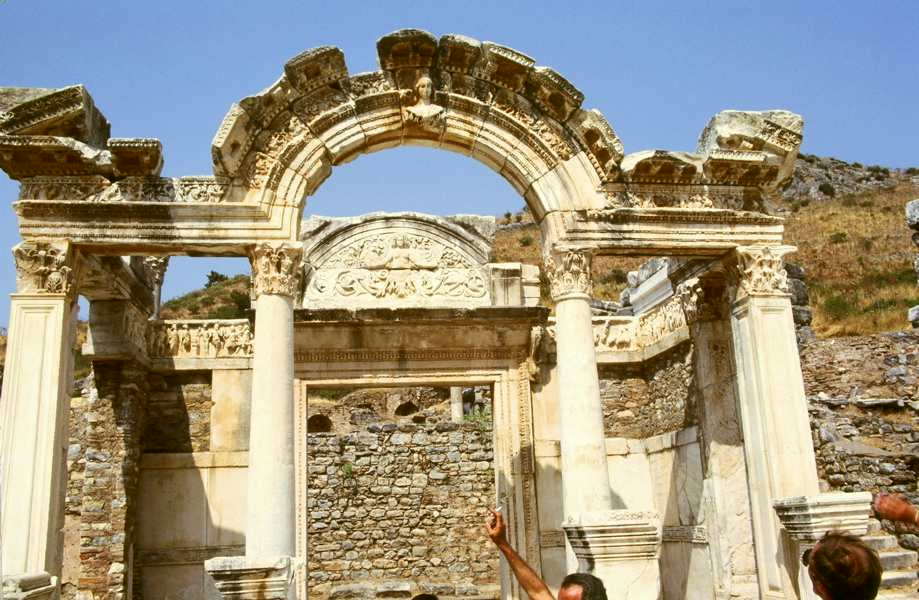

Tile floors.
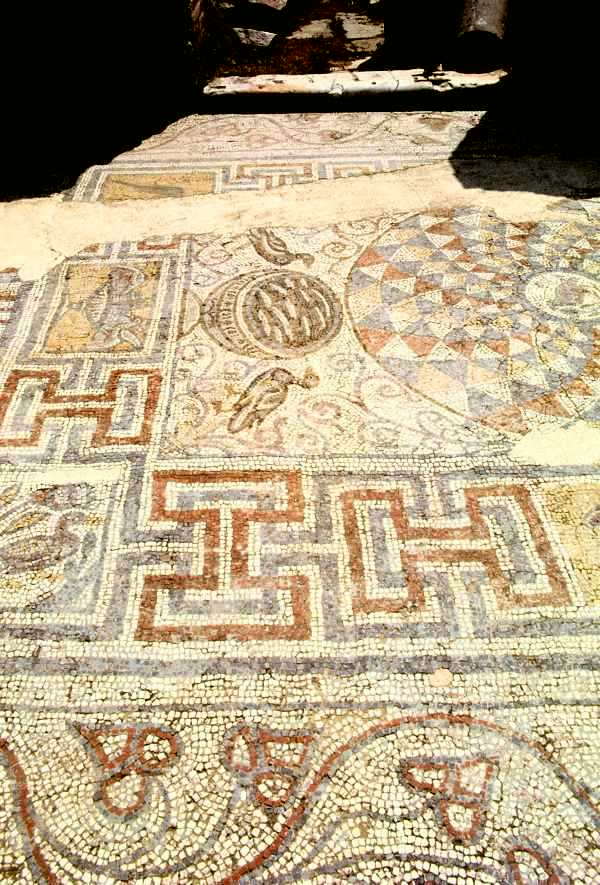
Another view.
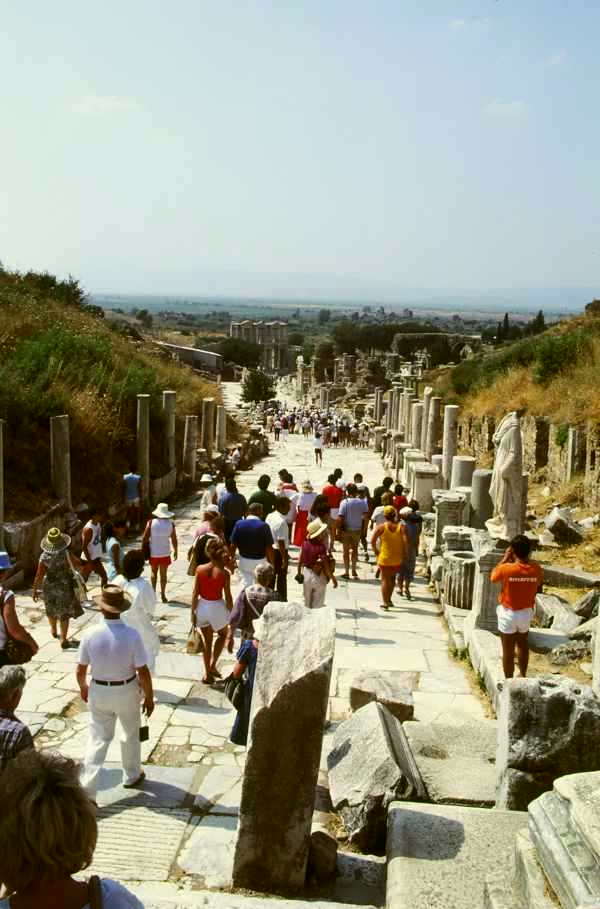

Another view.

A statue.
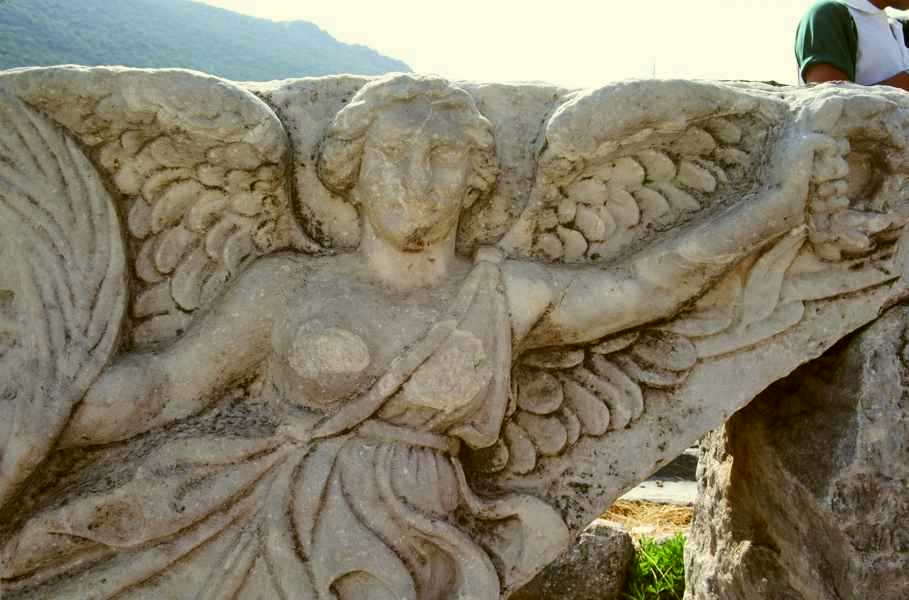

---------------- Rhodes, Greece ----------------
The Acropolis.
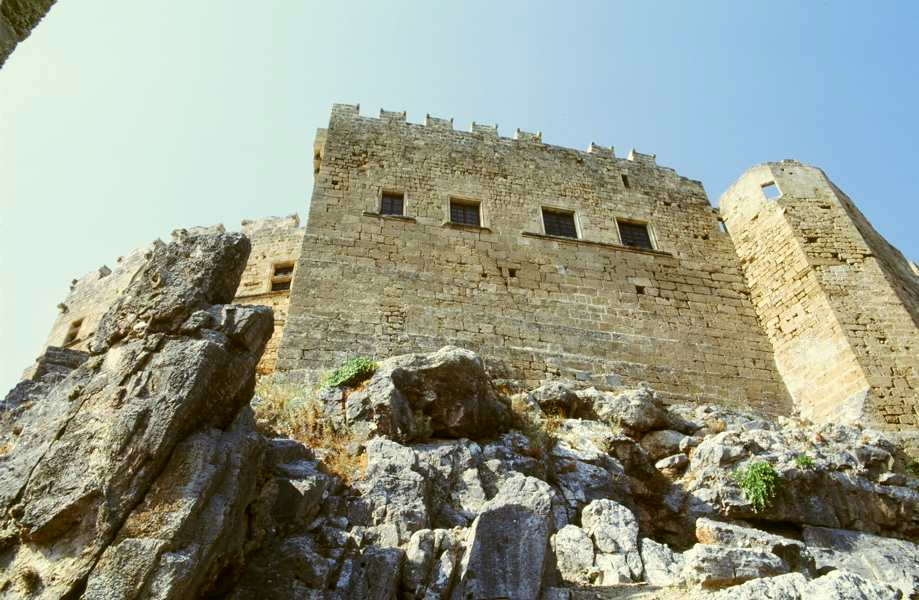

Lindos Harbor as seen from the Acropolis. Notice the donkeys transporting people up the steep path.
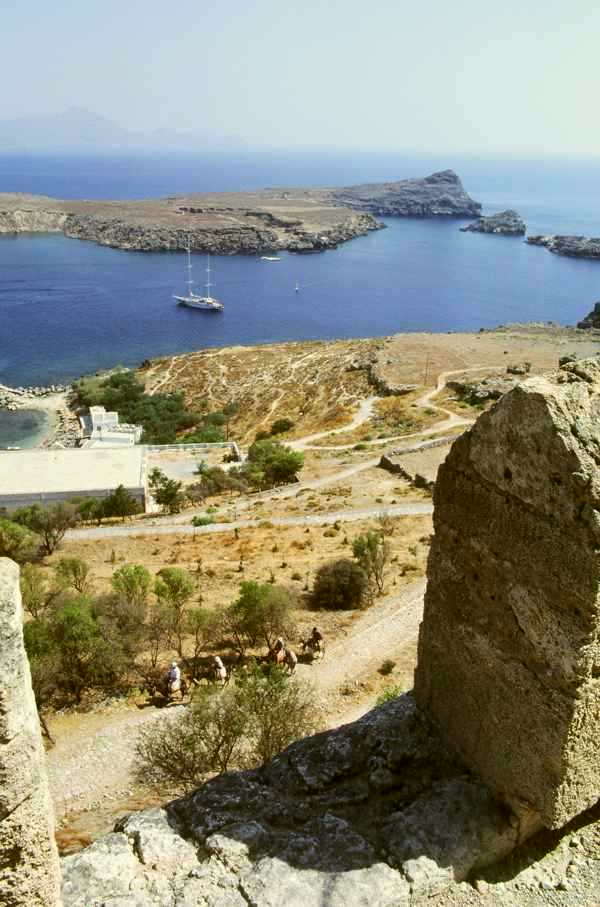
Lindos sidewalk made from color sorted smooth stones.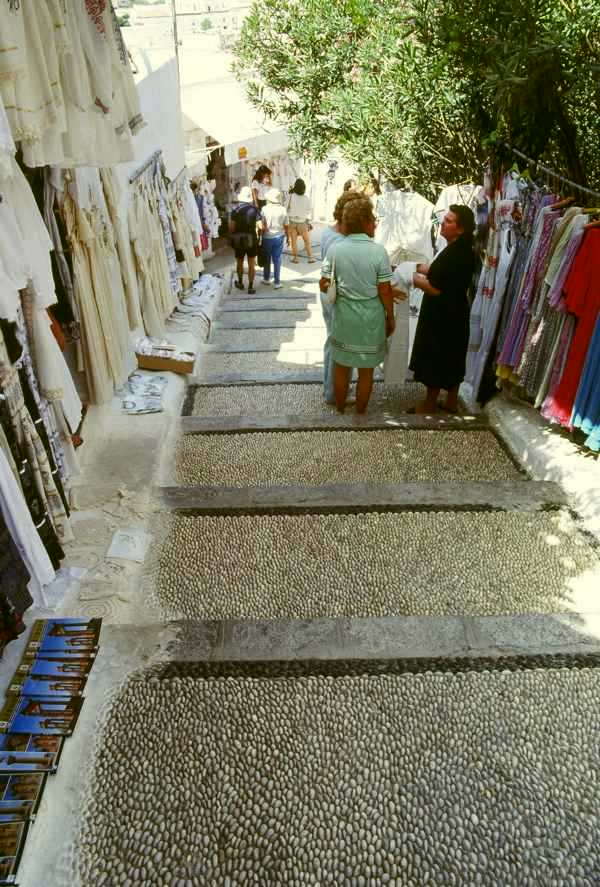

Lindos sidewalk made from color sorted smooth stones.

Annamarie loved this doorway.
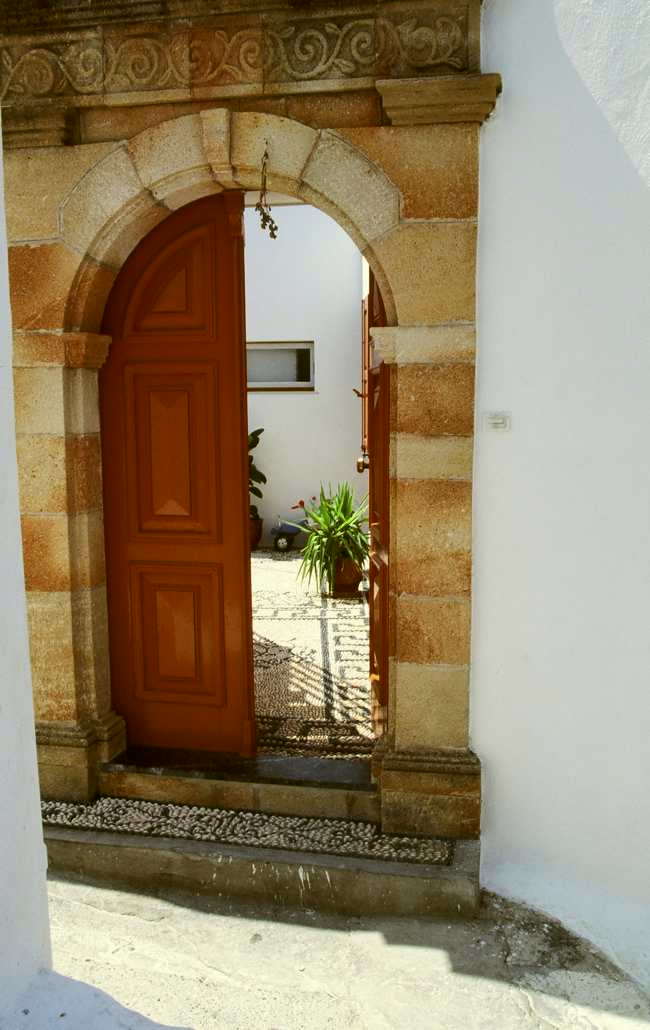

Lindos looking up at Acropolis
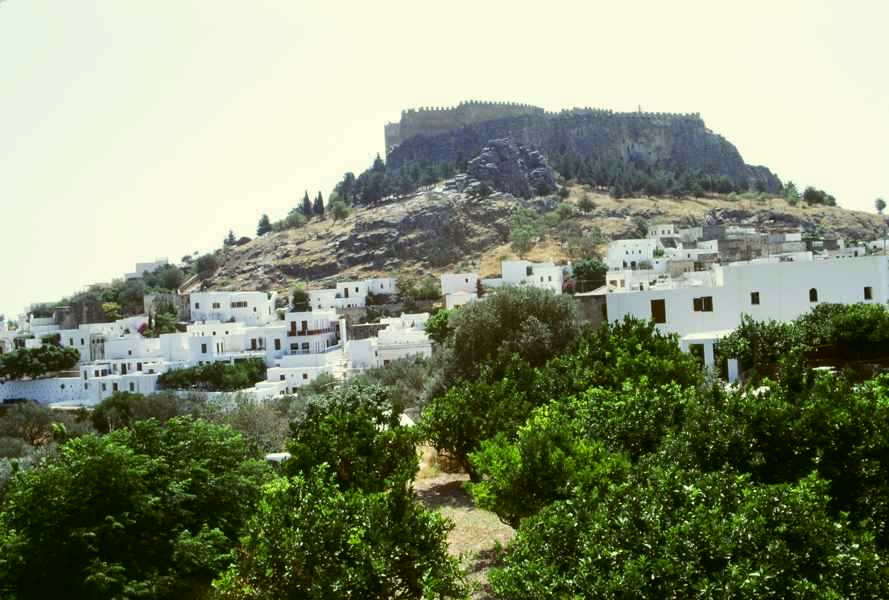

---------------- Crete ----------------
The Palace at Knossos belonging to the legendary King Minos, at the height of the Minoan Civilization 4,000 years ago.
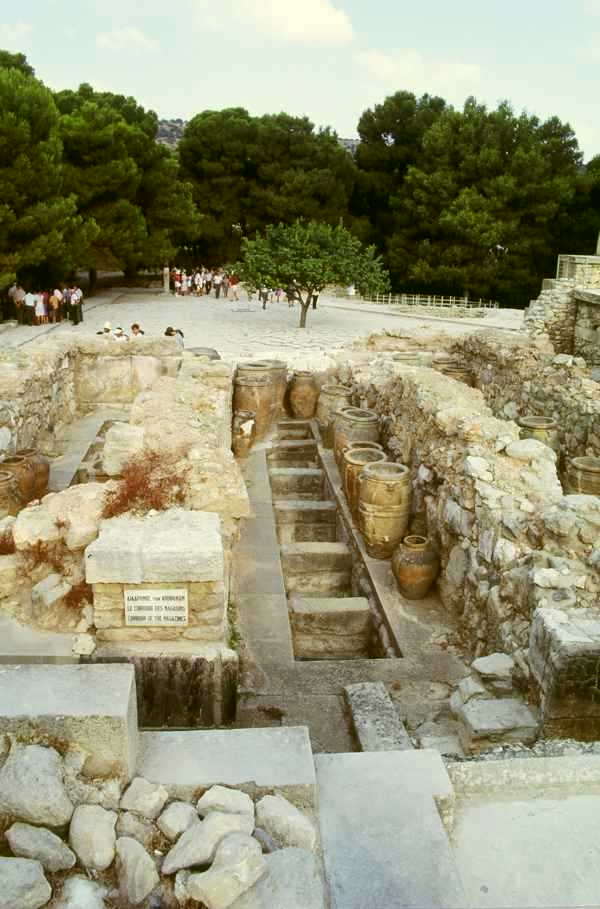

Frescoes on the walls of the palace.
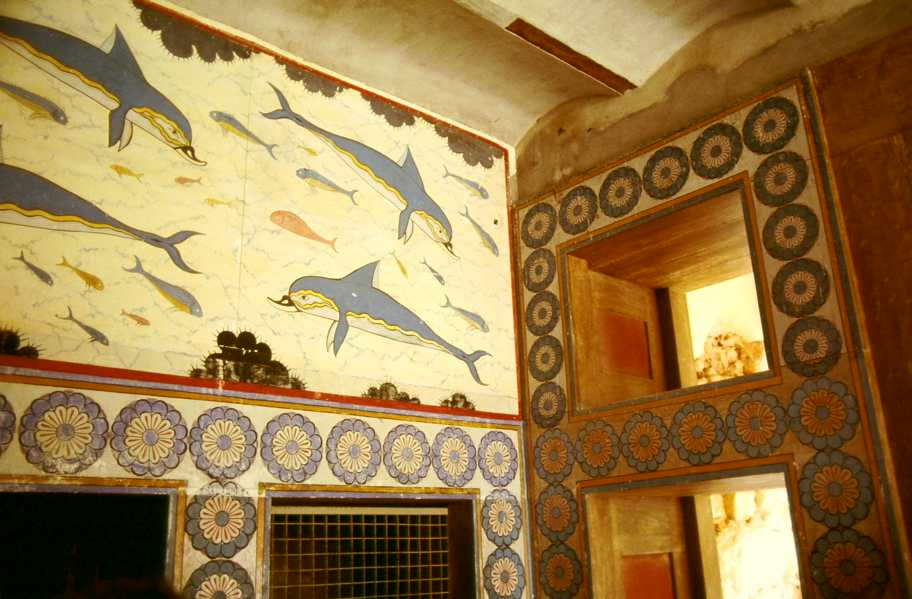

---------------- Santorini ----------------
Looking down on the Stella Solaris from the top of Santorini. The cable car seen at the right was our means of getting up and down. Others in our group made the trip by donkey.
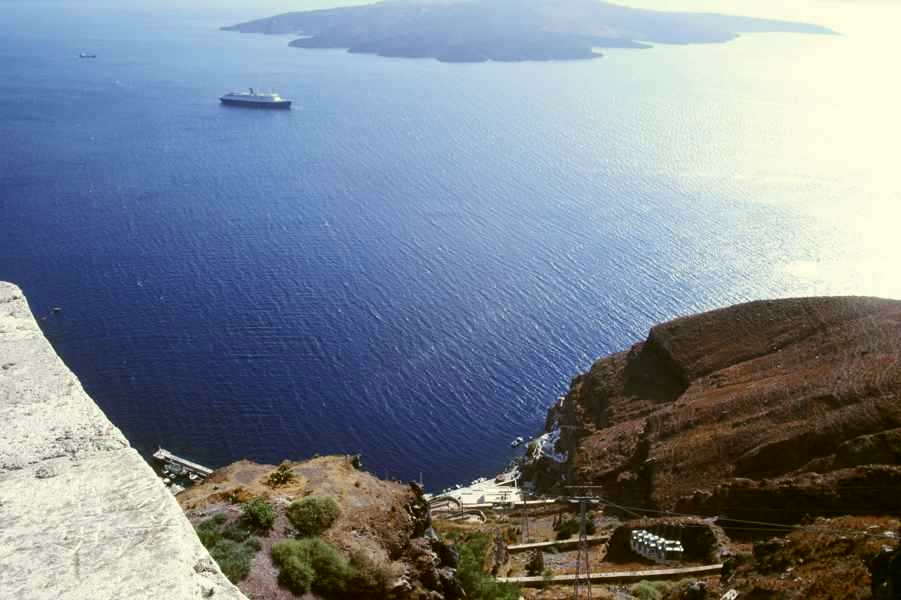
A typical street scene, it seemed all the colors were intense.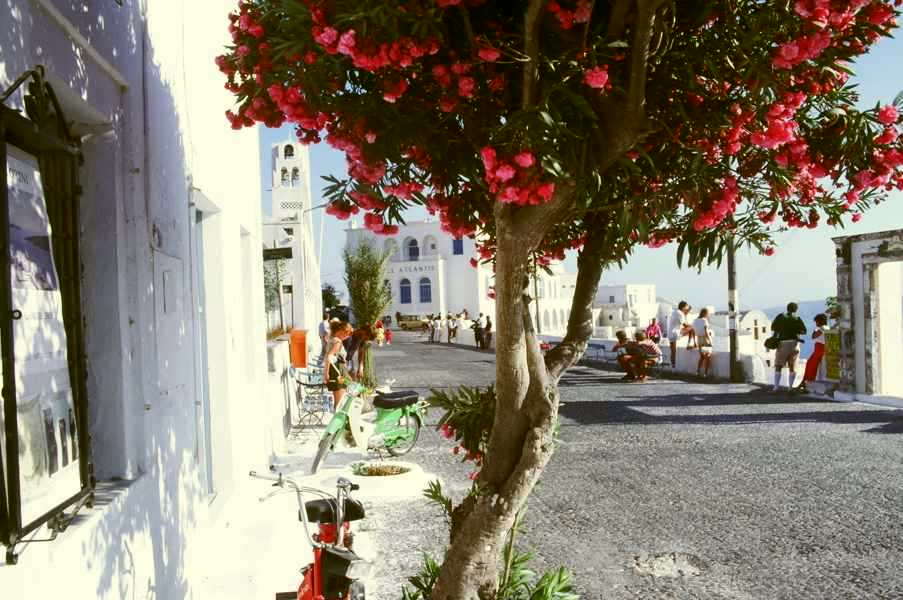
Len, who with his wife Selma shared dinner with us each evening can be seen sketching at the bottom left of this photo. Although they are residents of Philadelphia we maintained our friendship with Len and Selma over the years.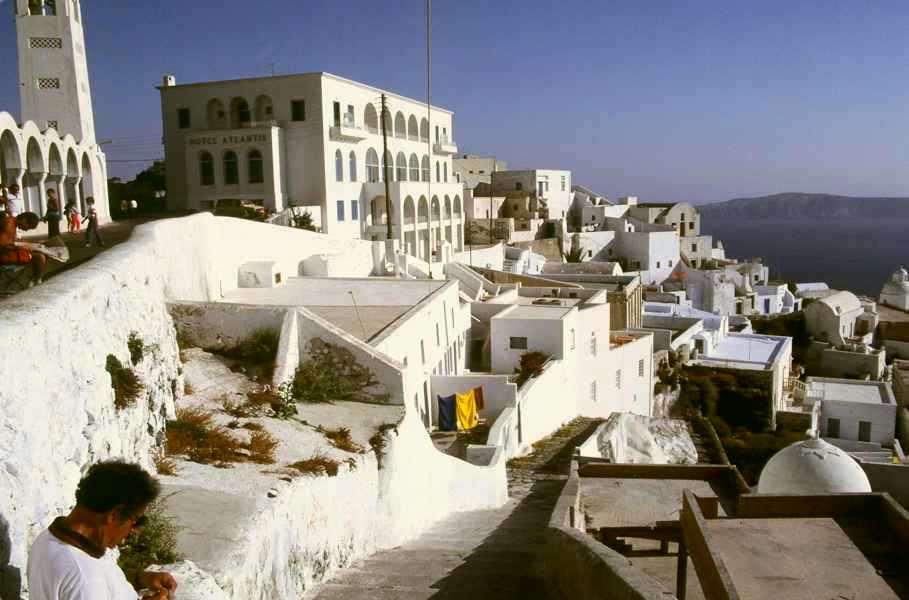
Interior of a lovely Santorini Church.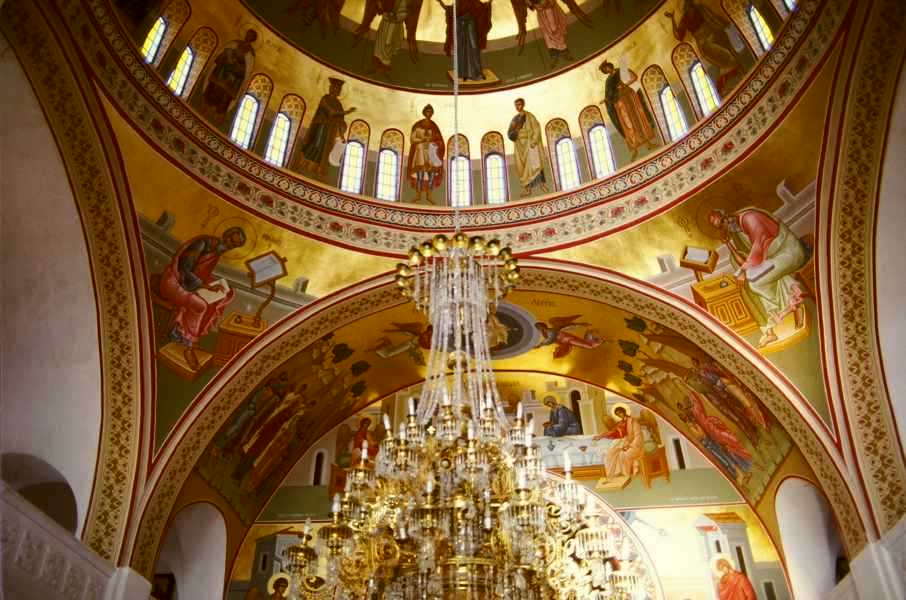

A typical street scene, it seemed all the colors were intense.

Len, who with his wife Selma shared dinner with us each evening can be seen sketching at the bottom left of this photo. Although they are residents of Philadelphia we maintained our friendship with Len and Selma over the years.

Interior of a lovely Santorini Church.

---------------- Mykonos ----------------
A pretty boat harbor.
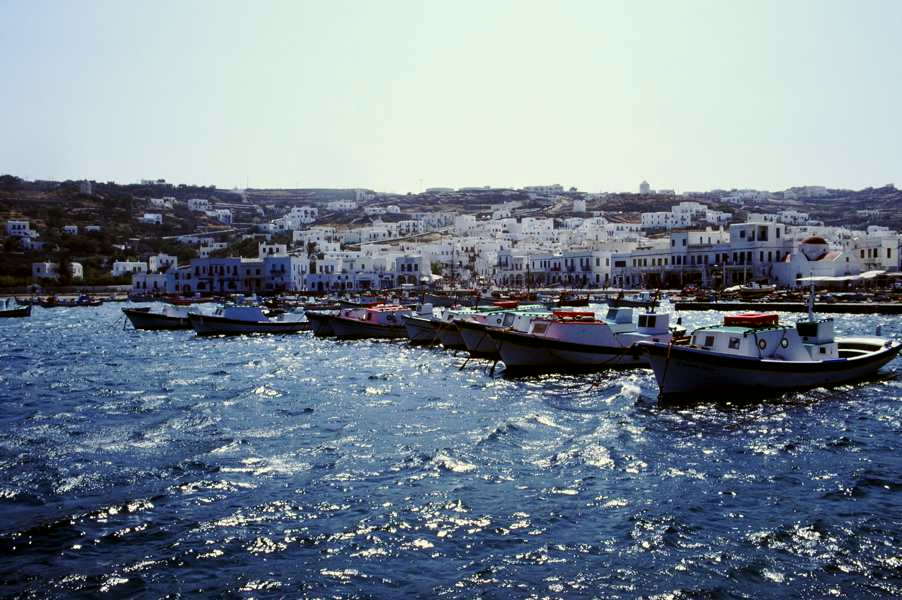

Whitewash with blue seen all over the island.
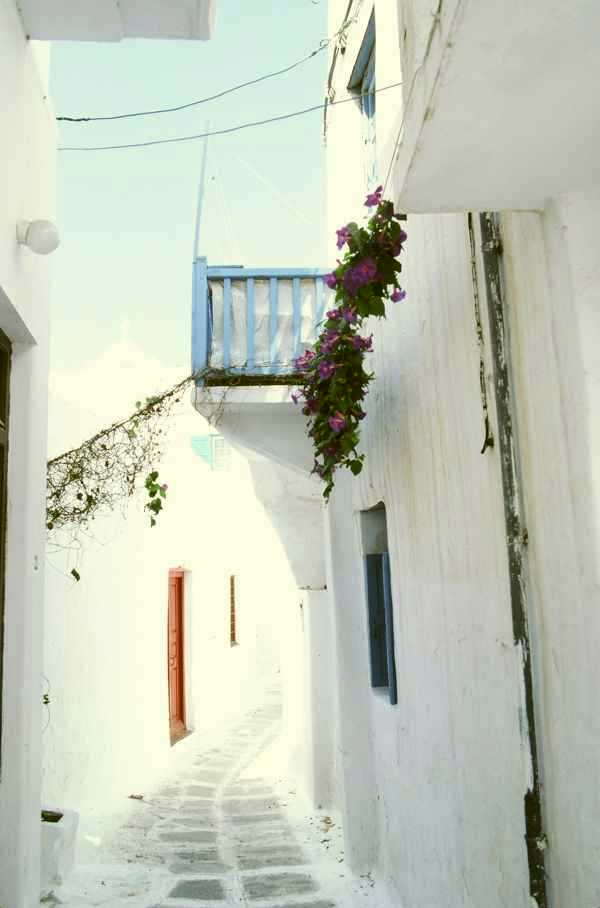

Mykonos transportation, old and new.
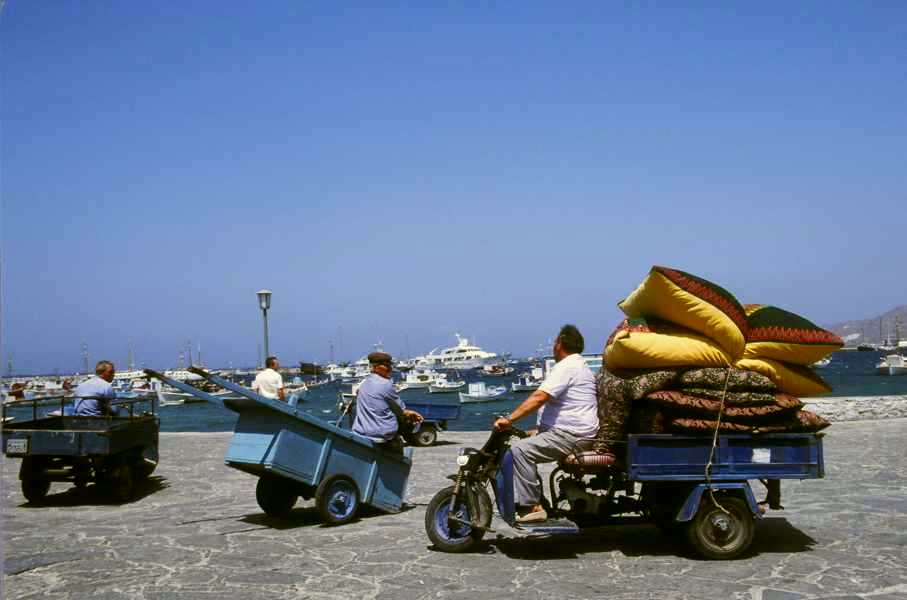

This small picturesque church caught our eye and is one of the 400 churches, shrines and chapels on the island.
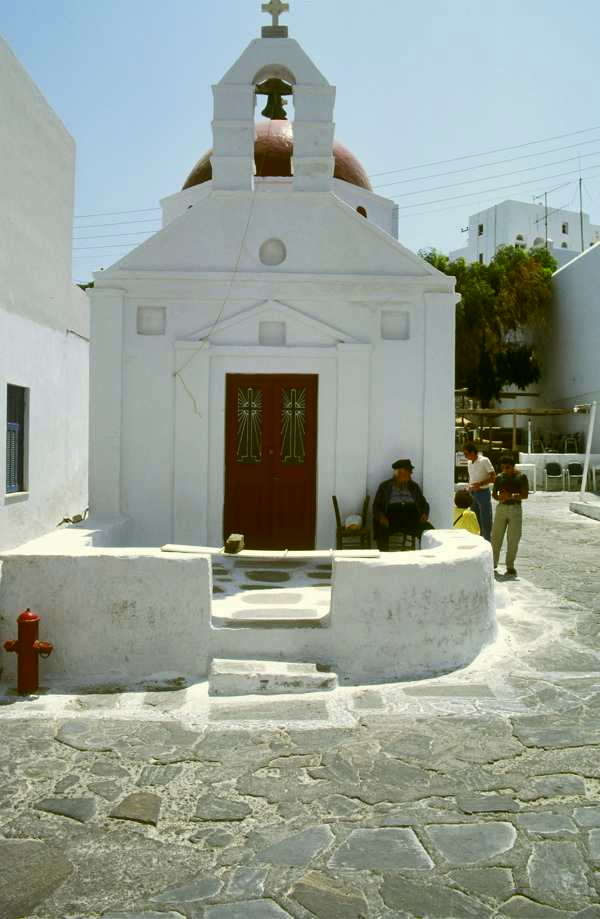


Return to Trips